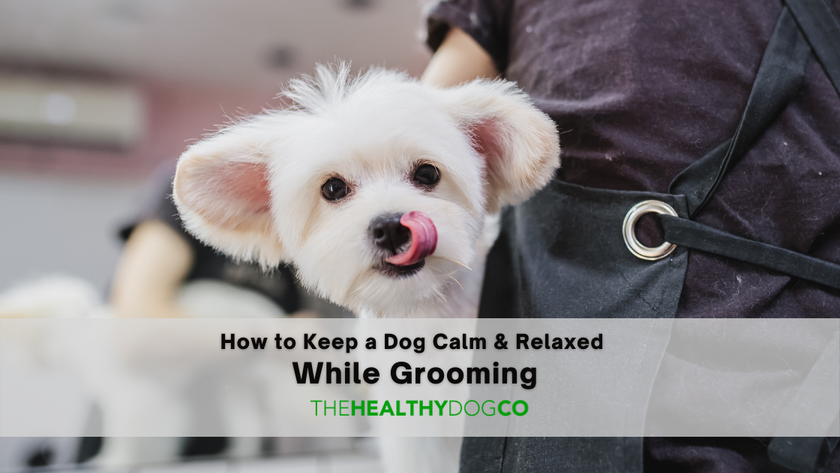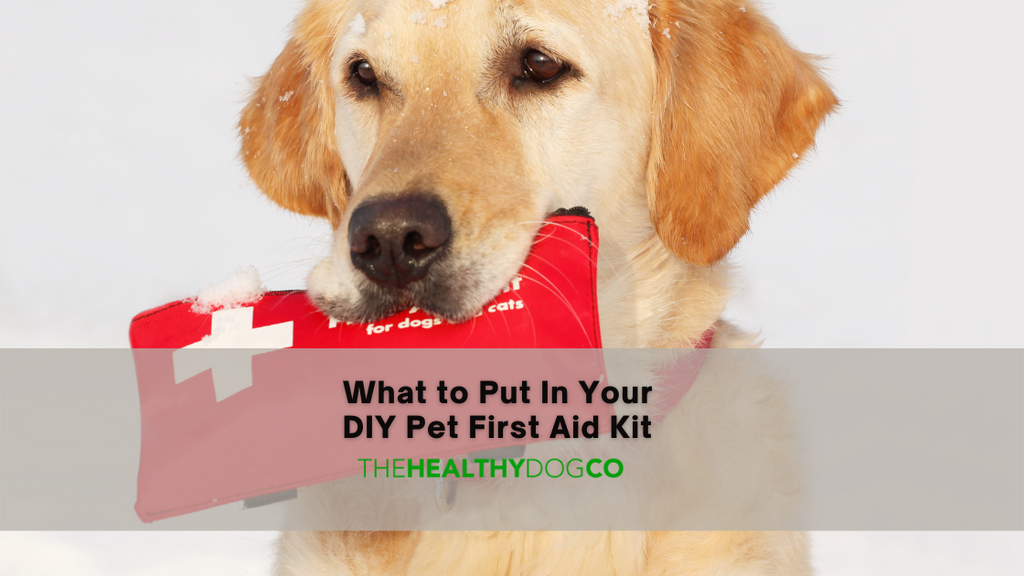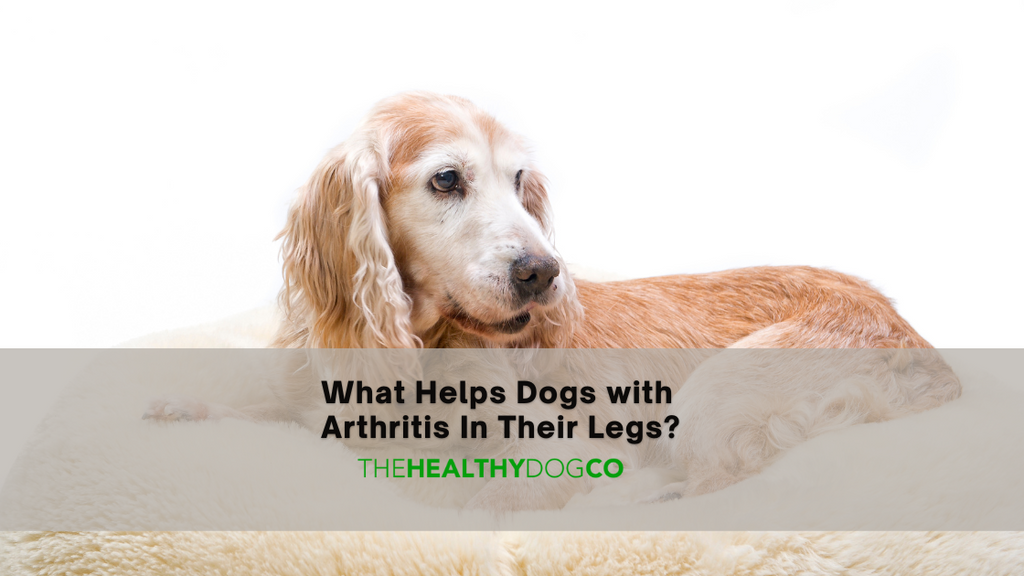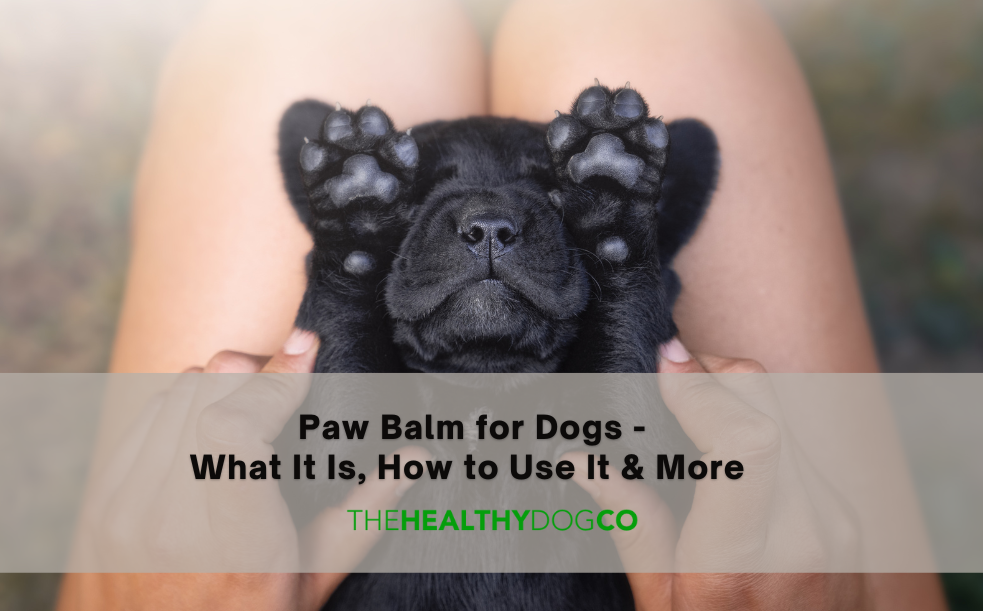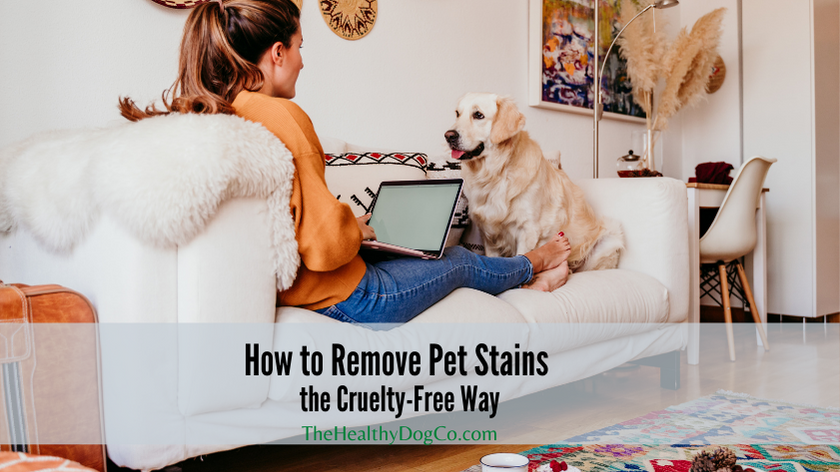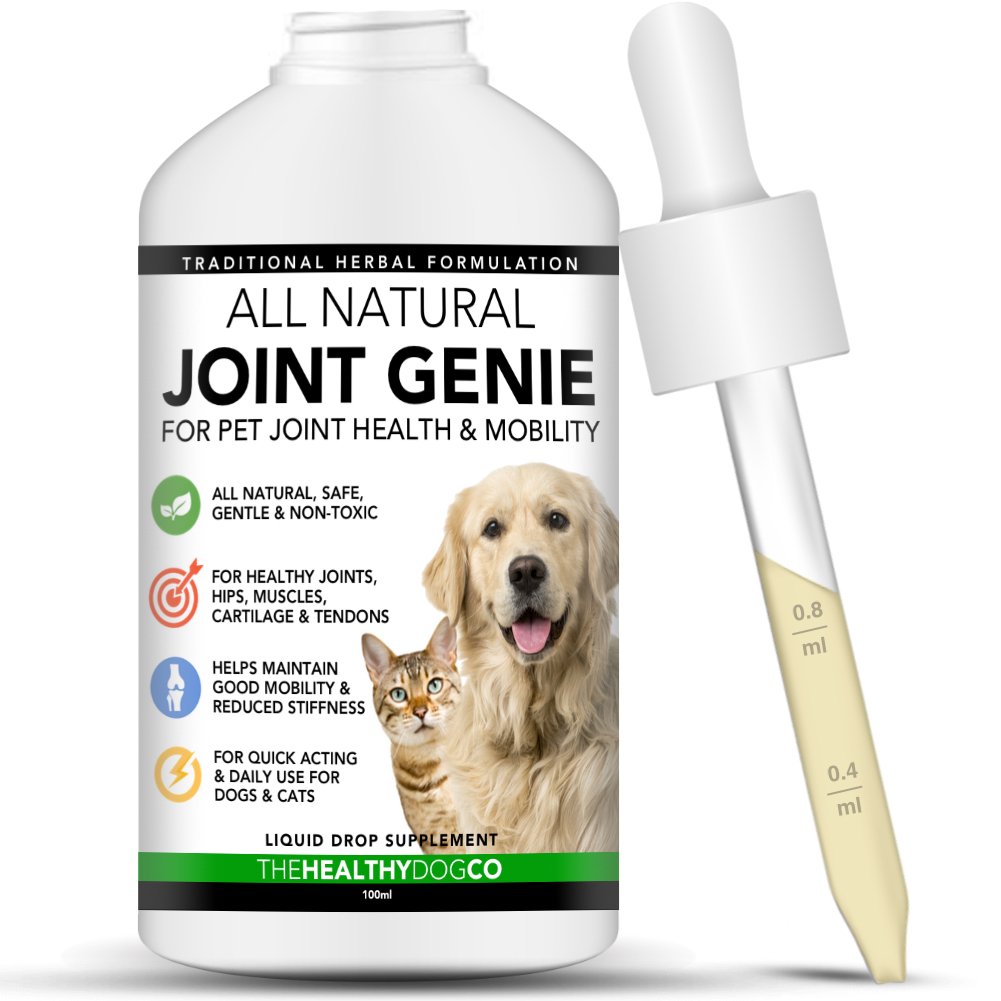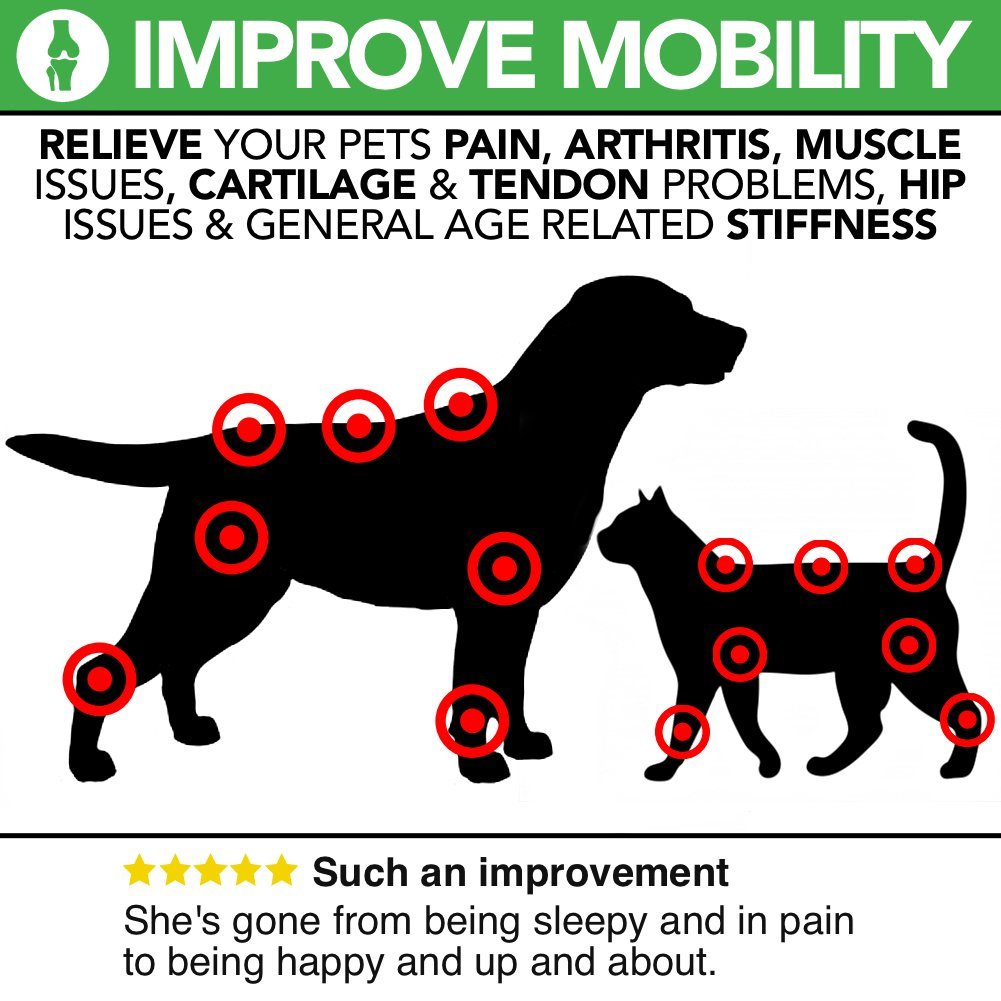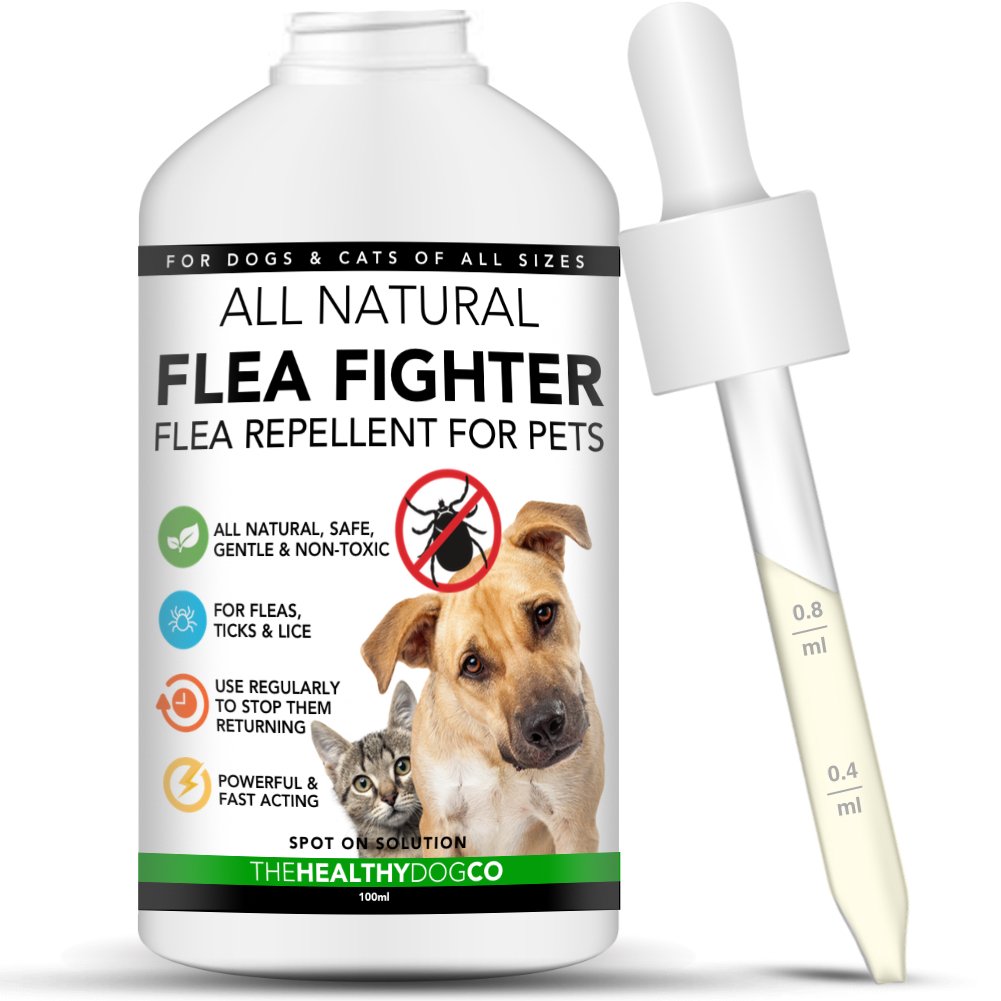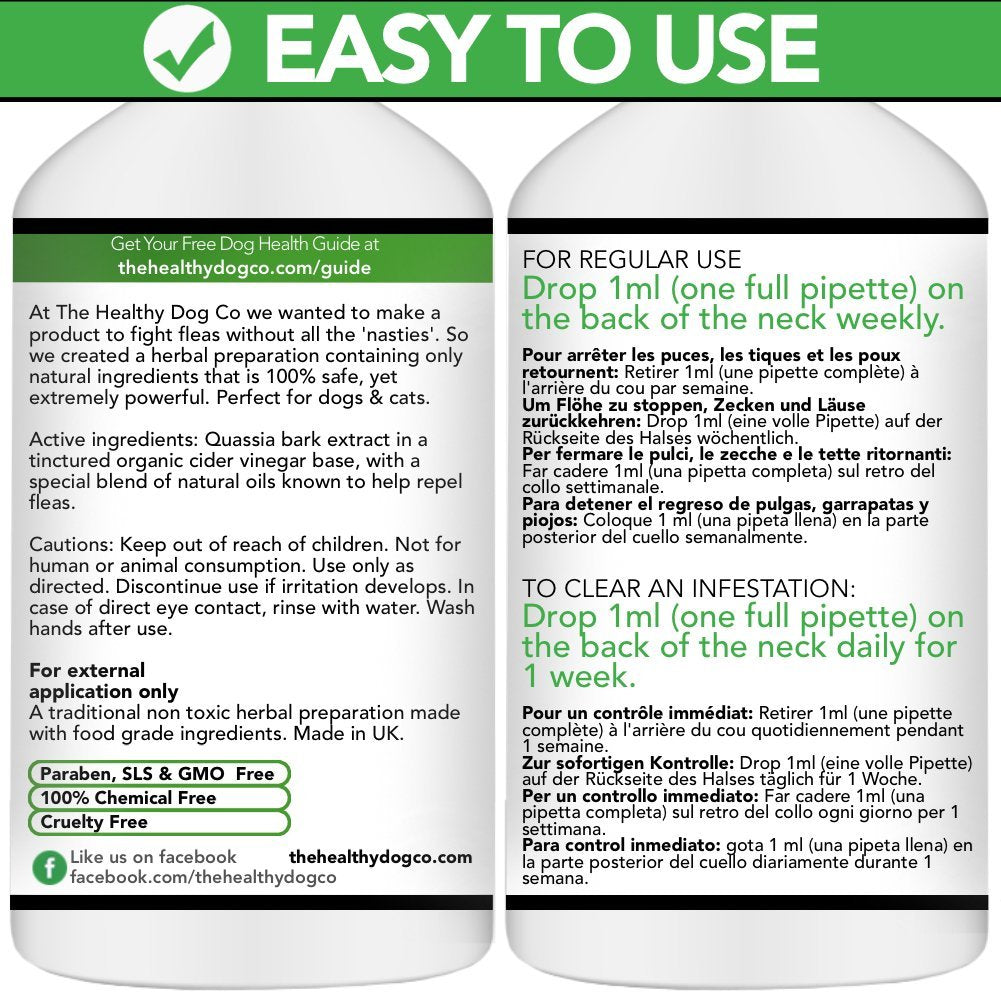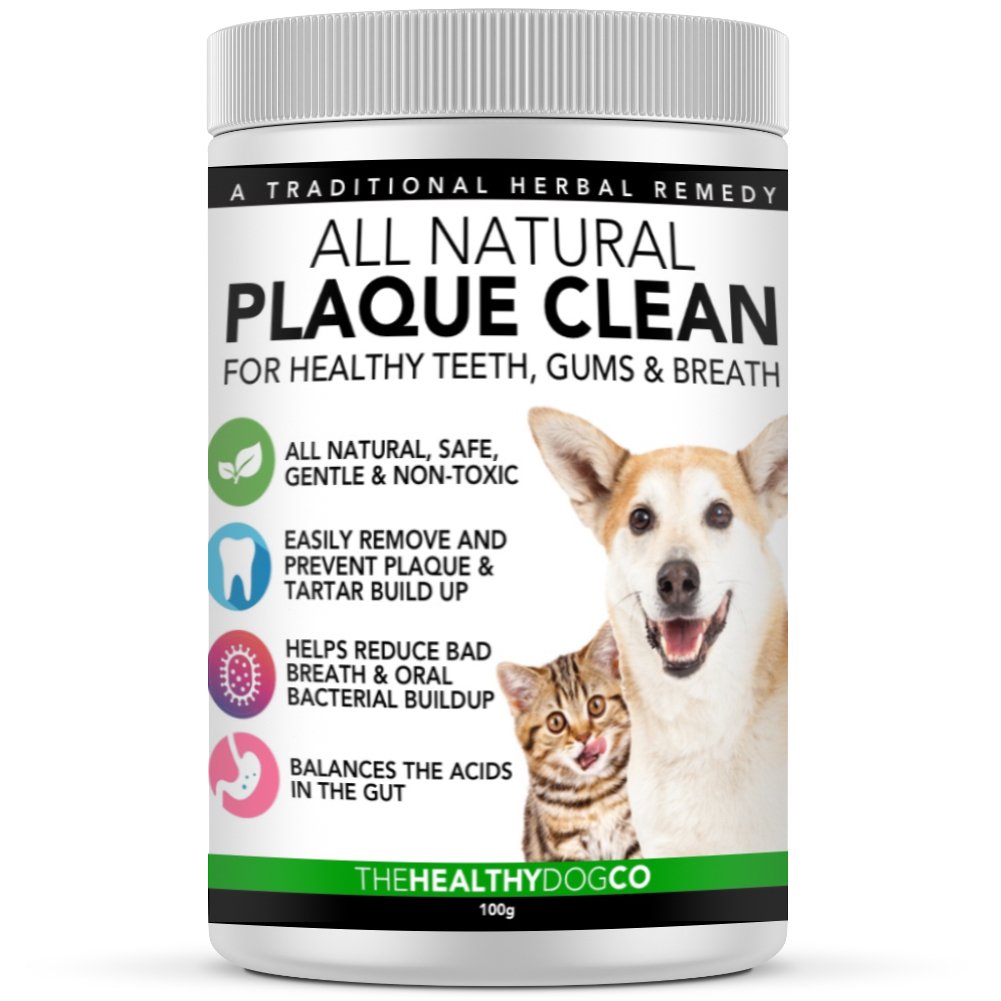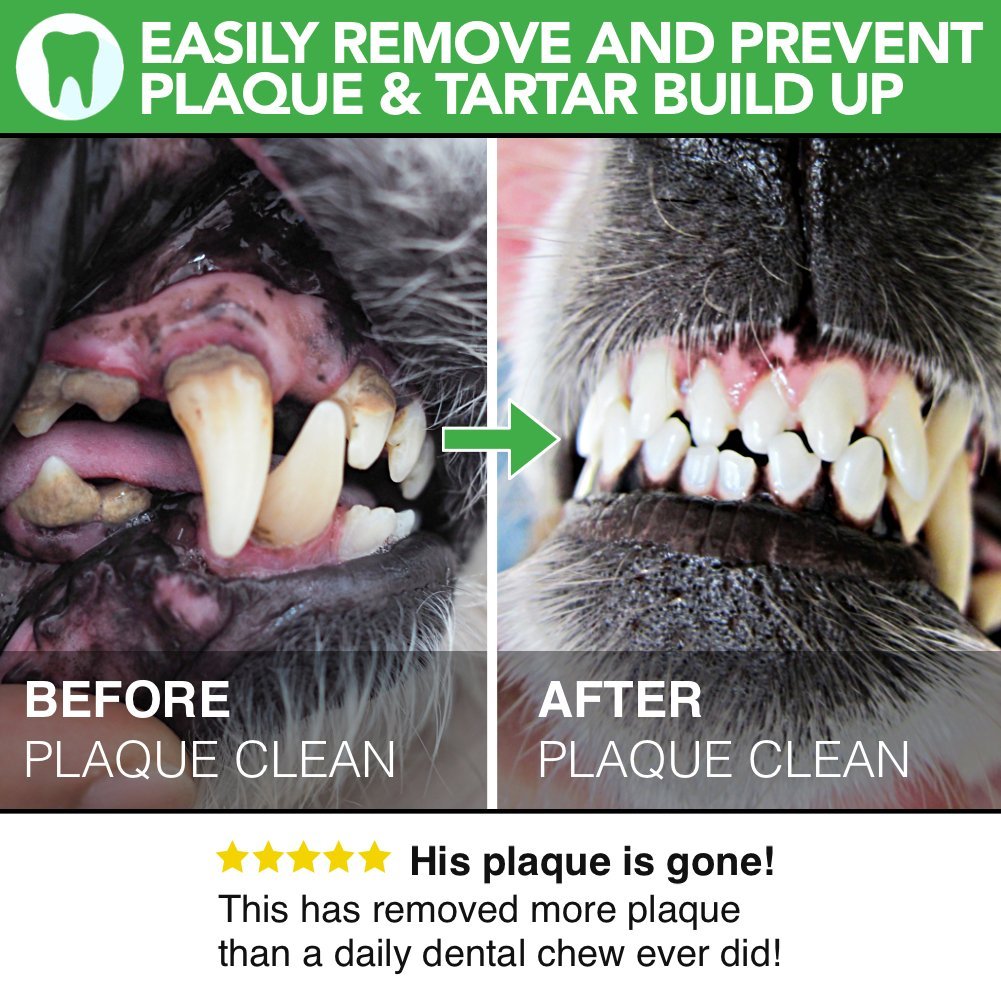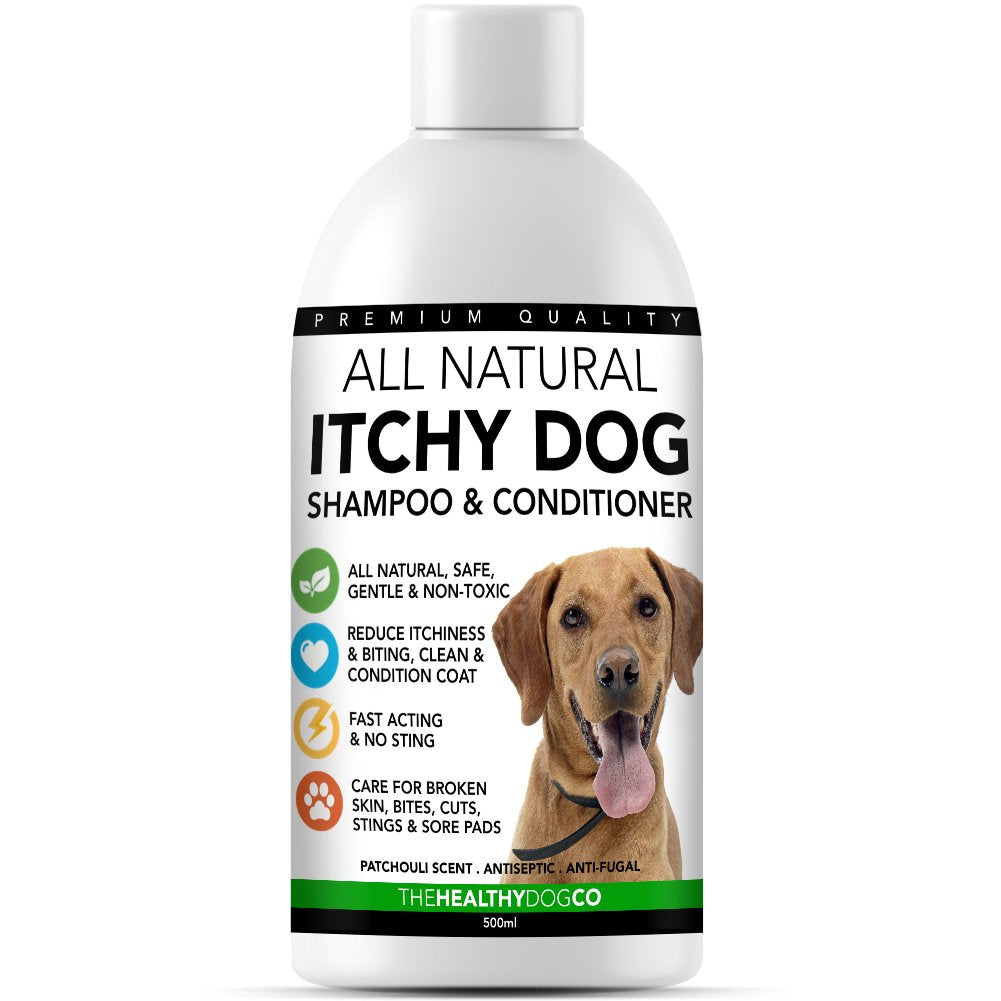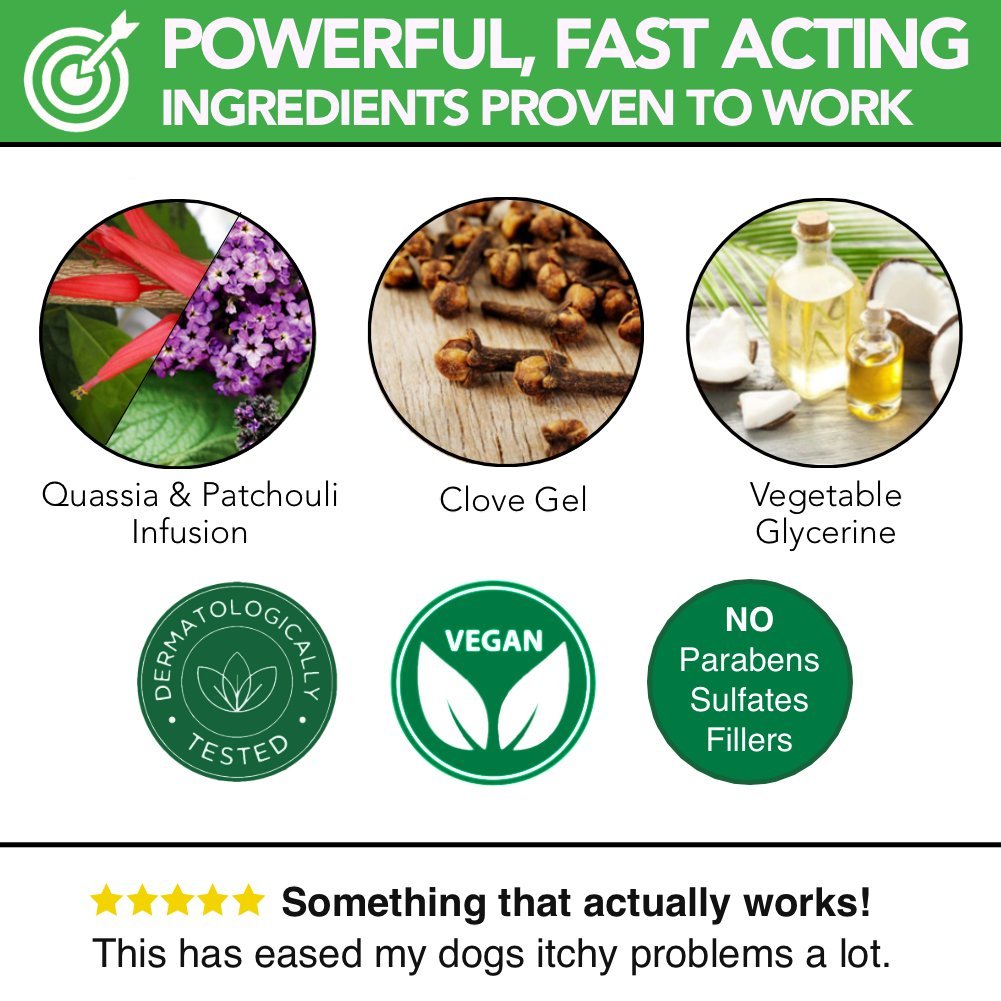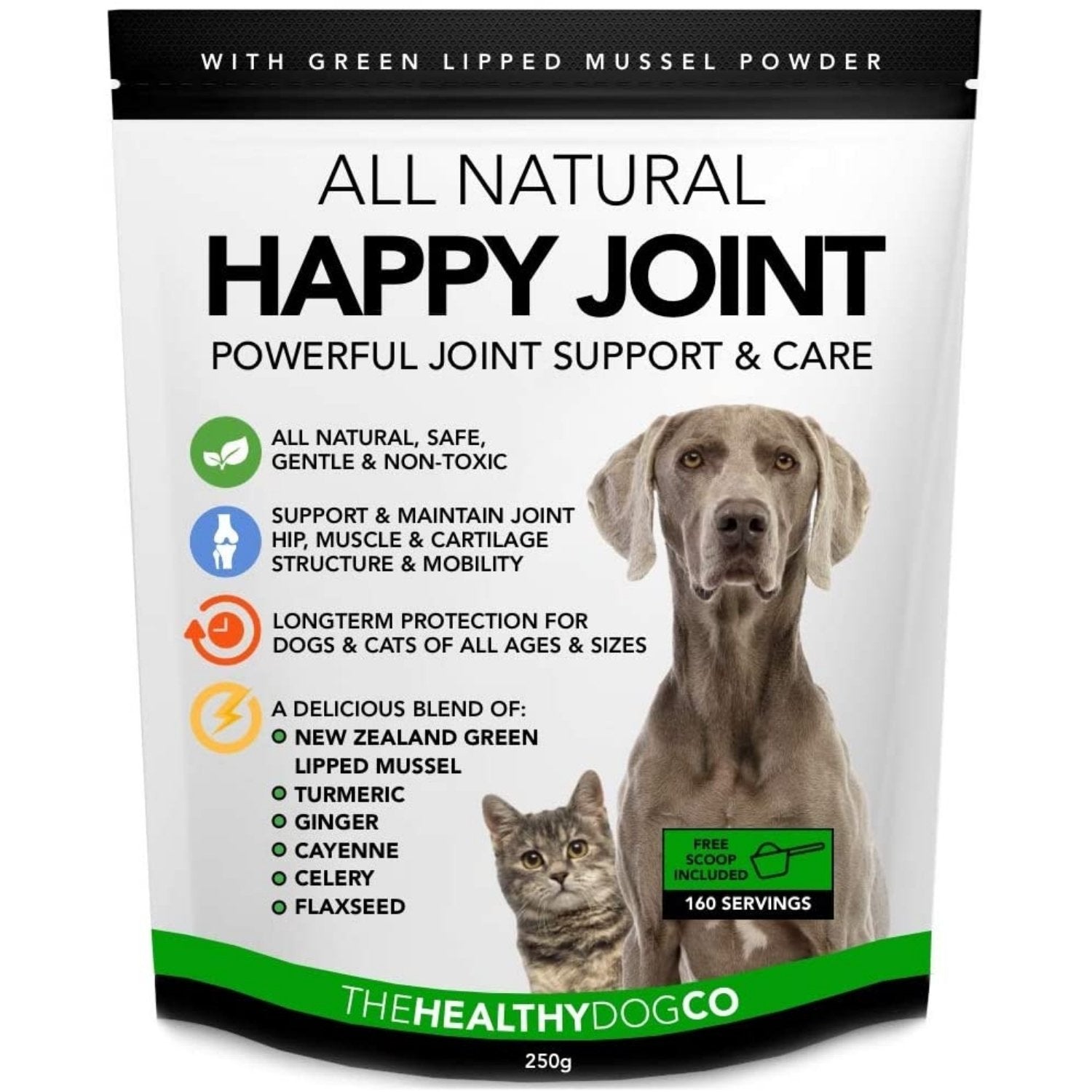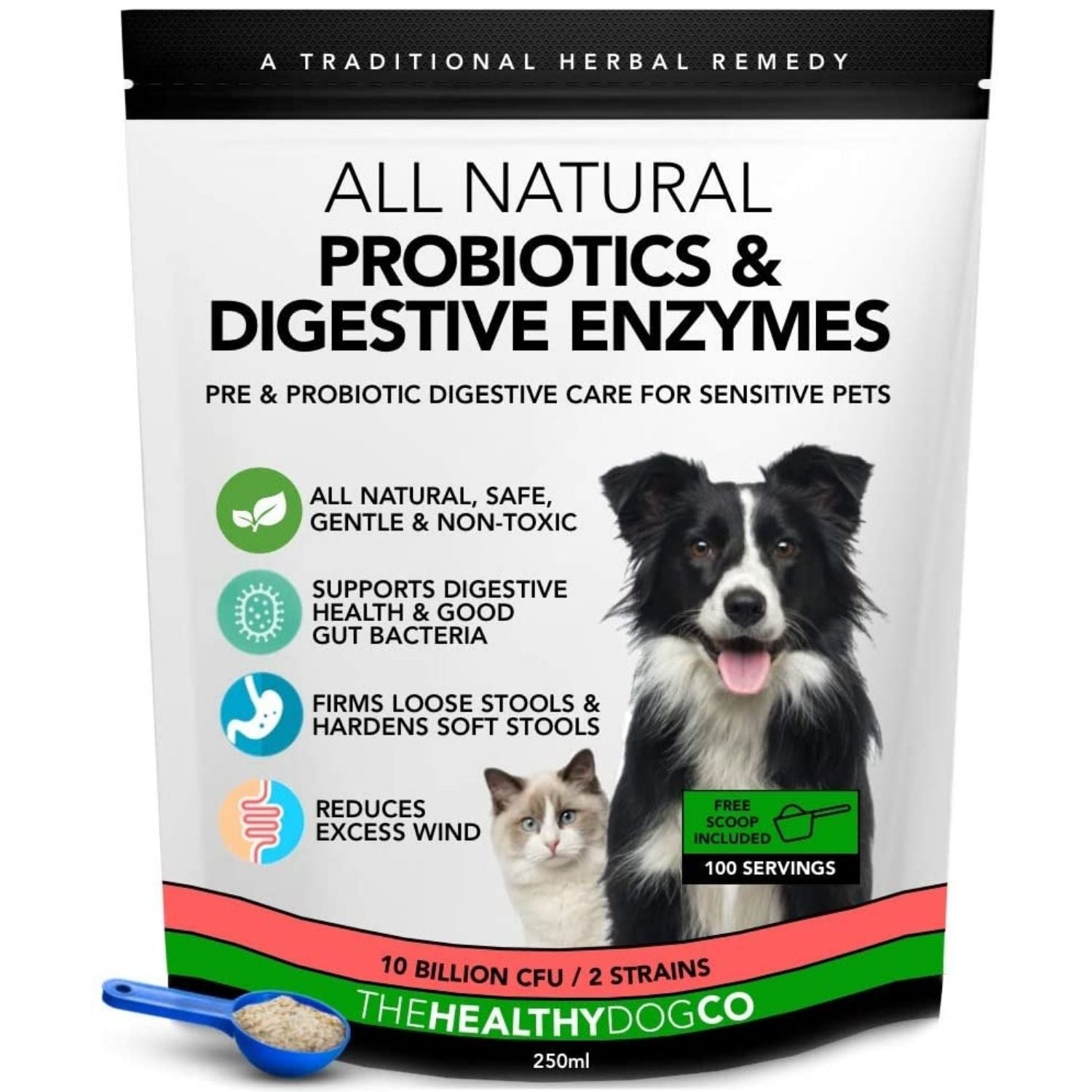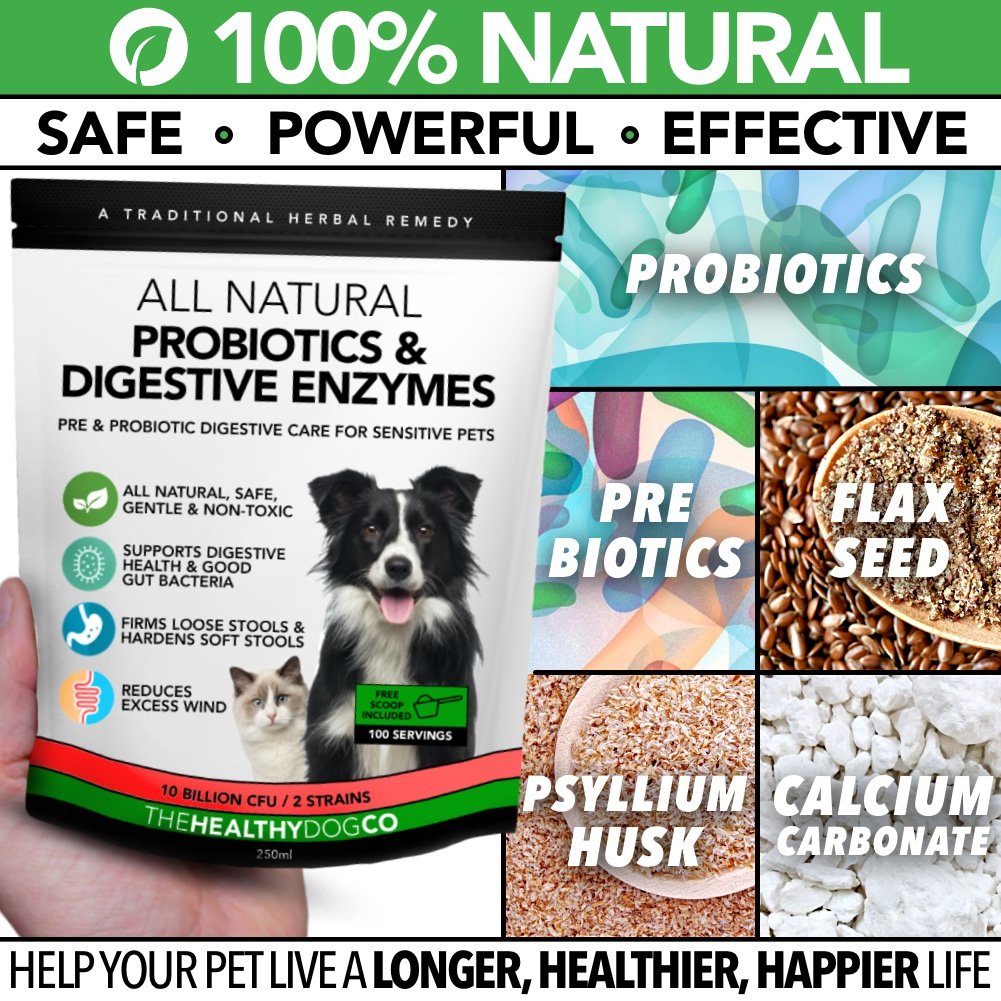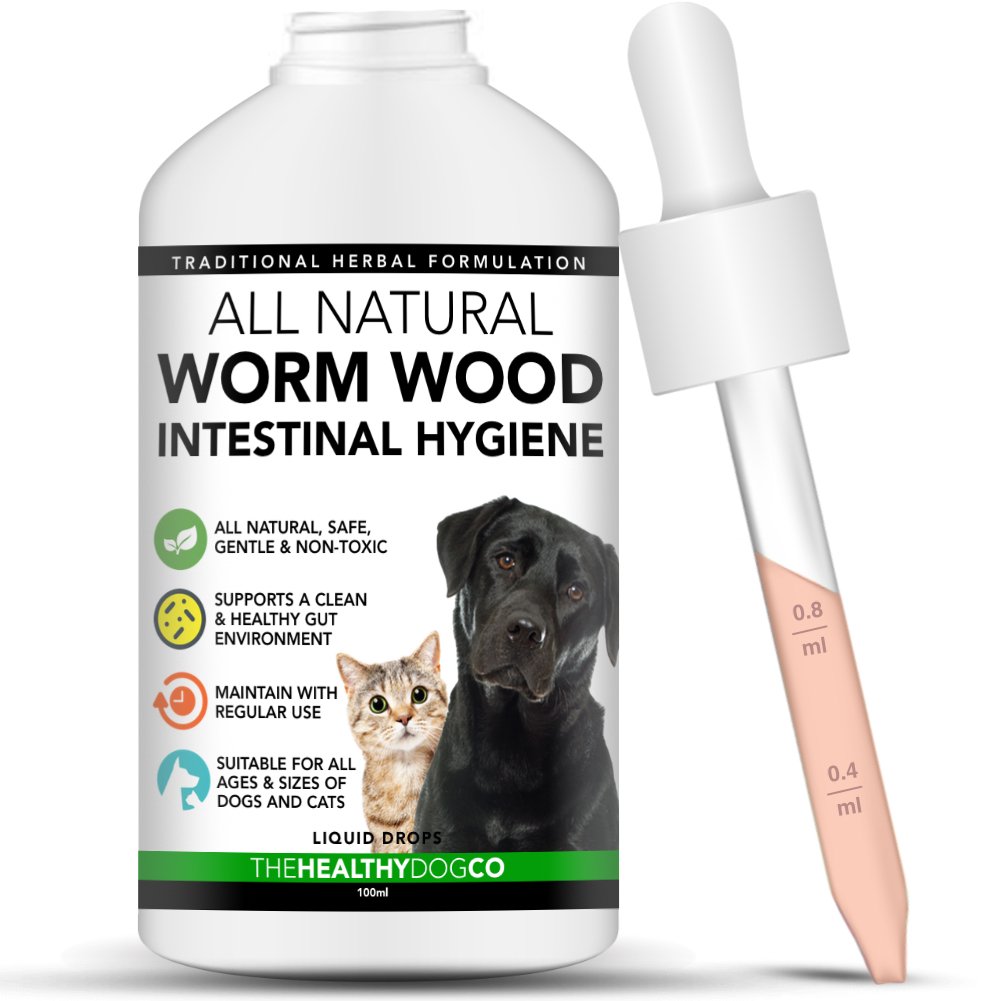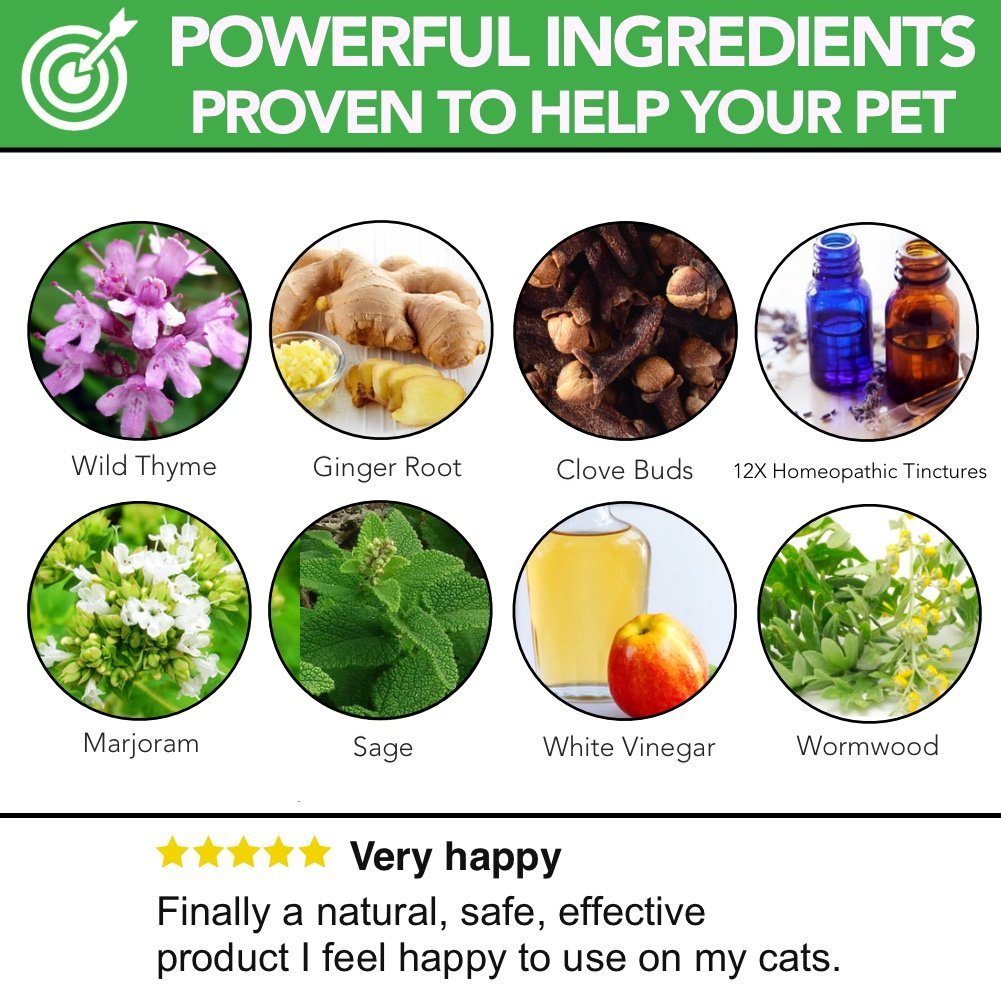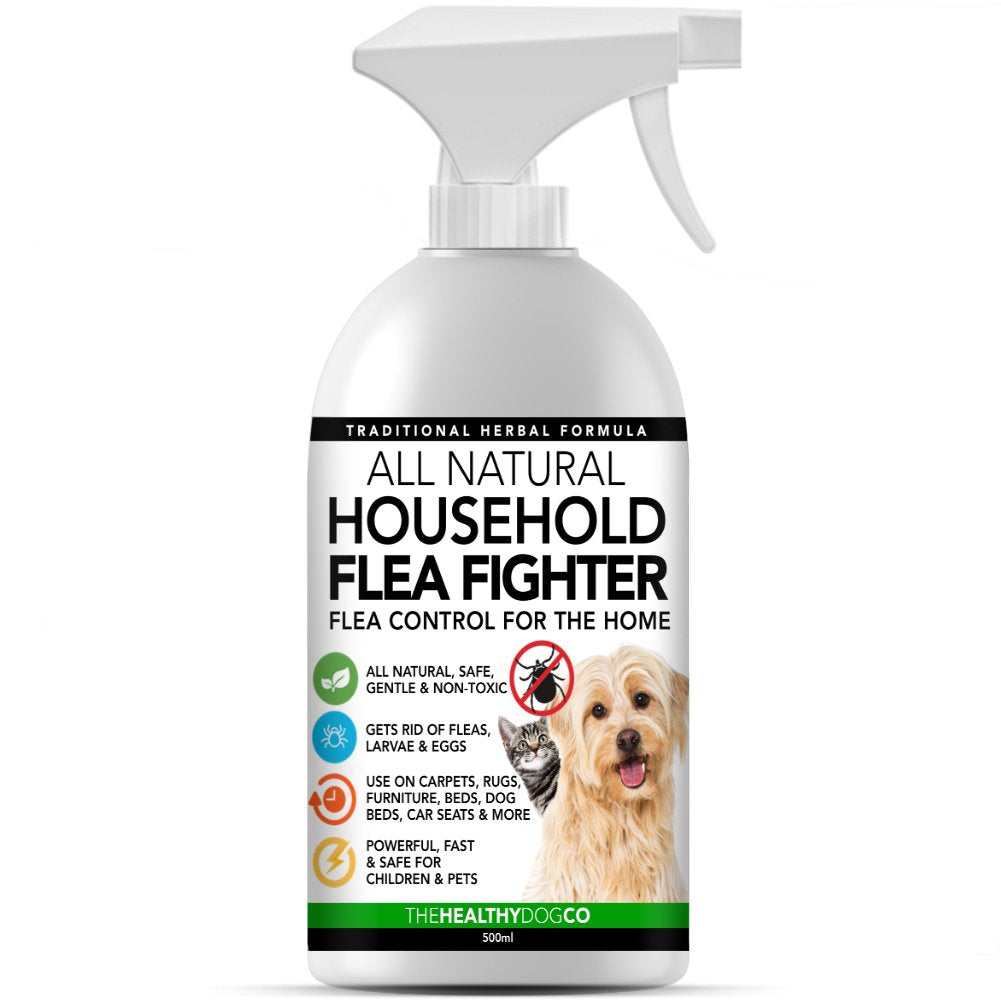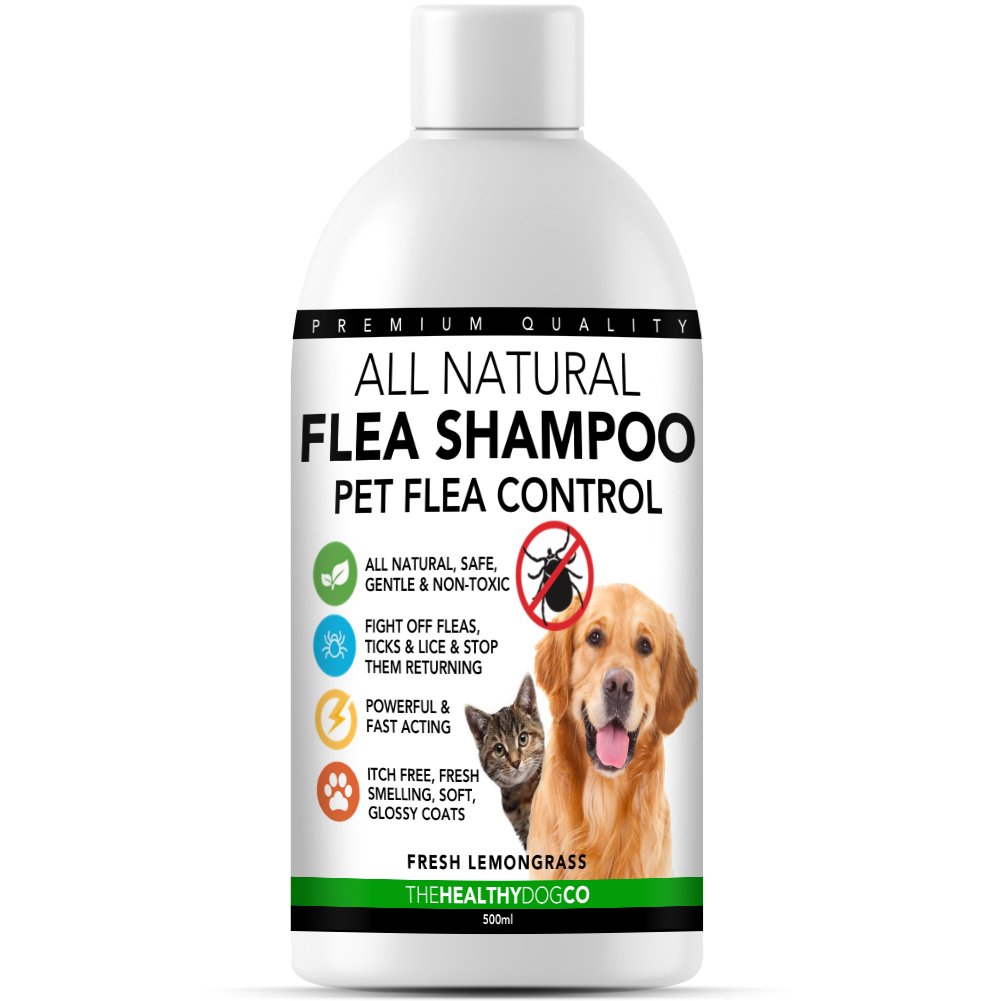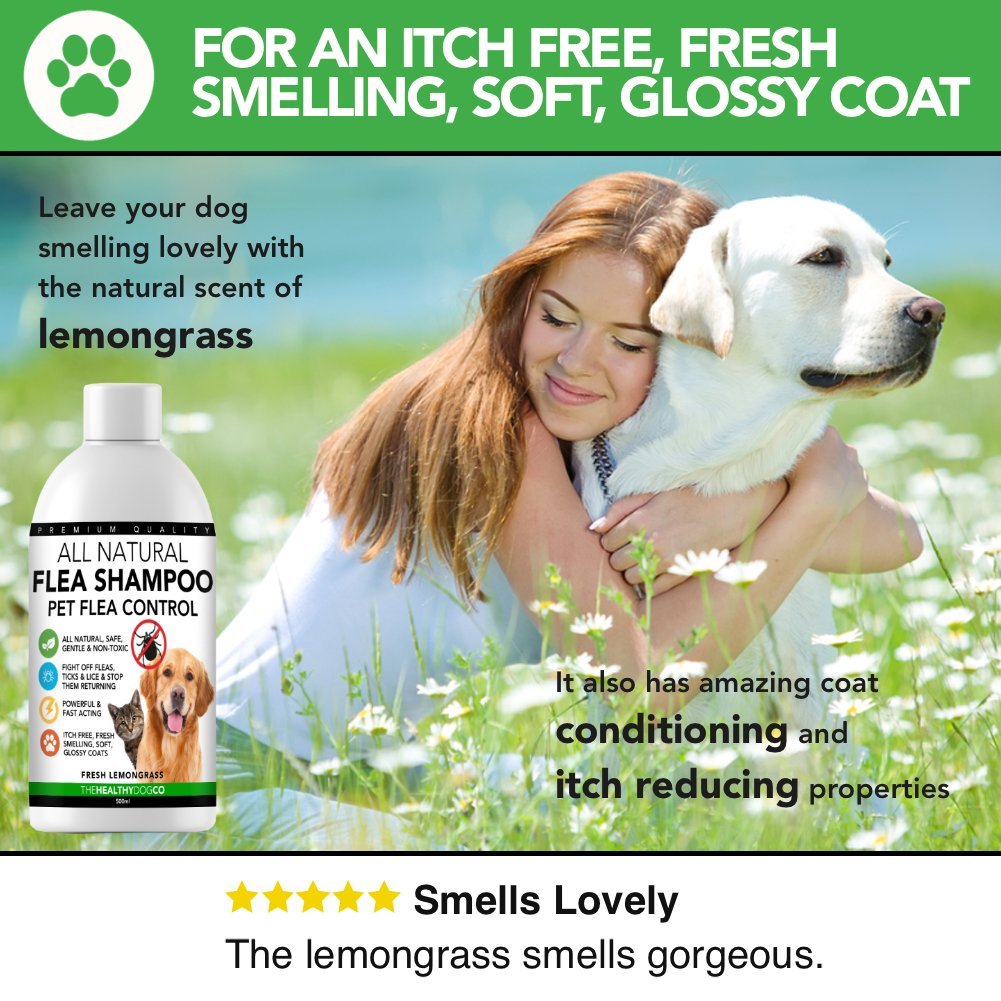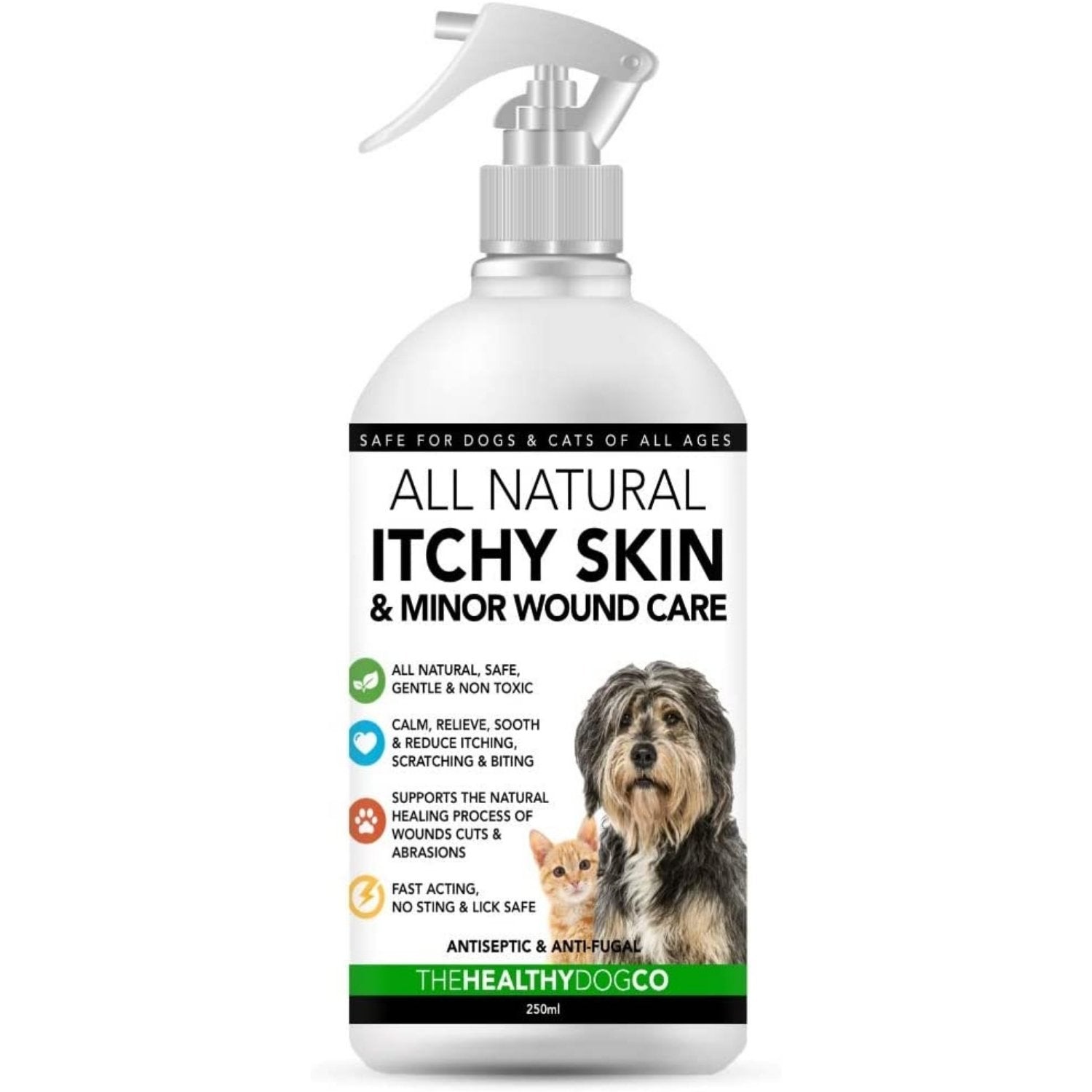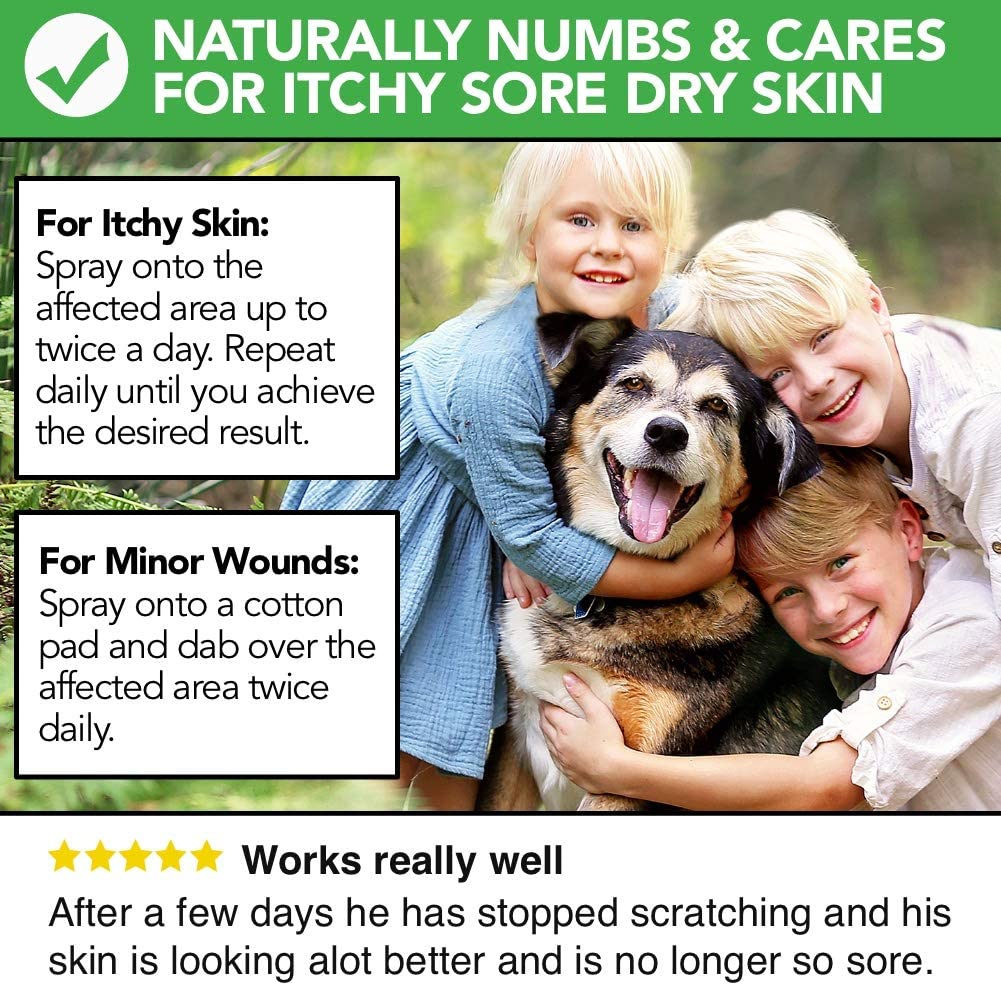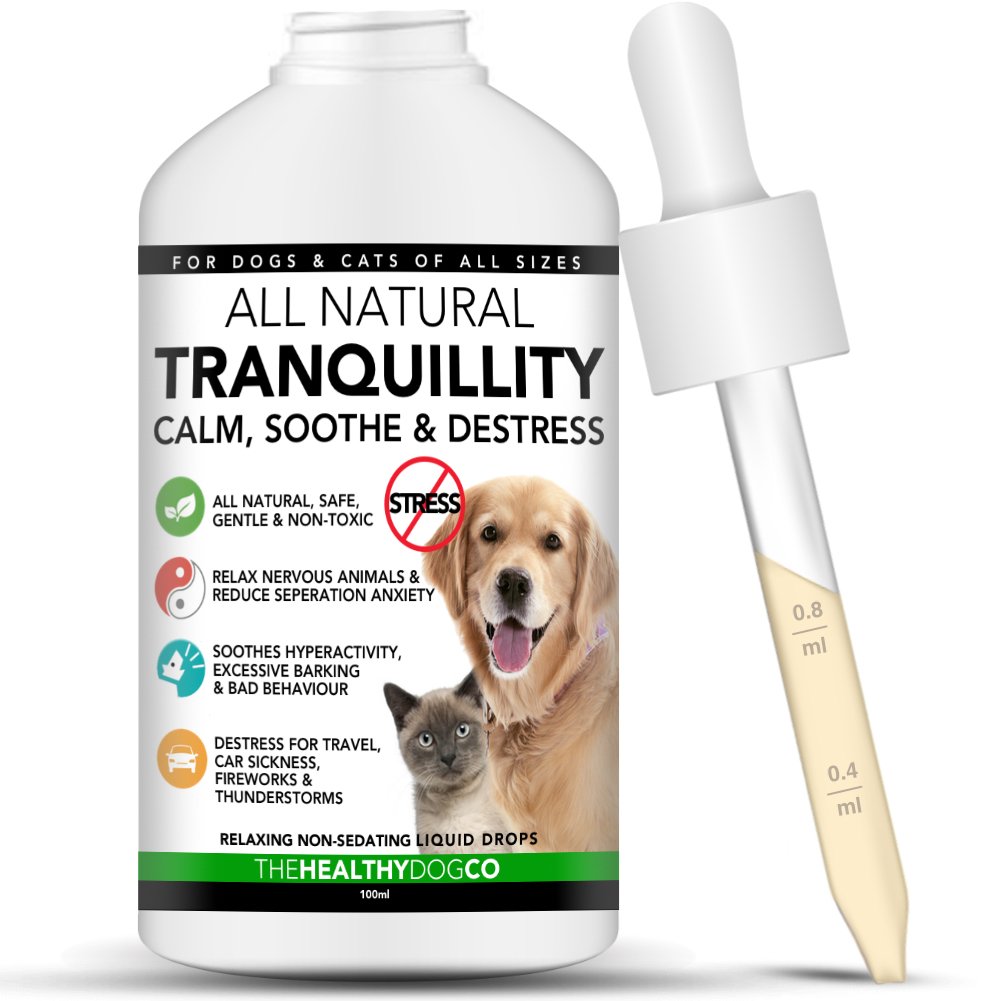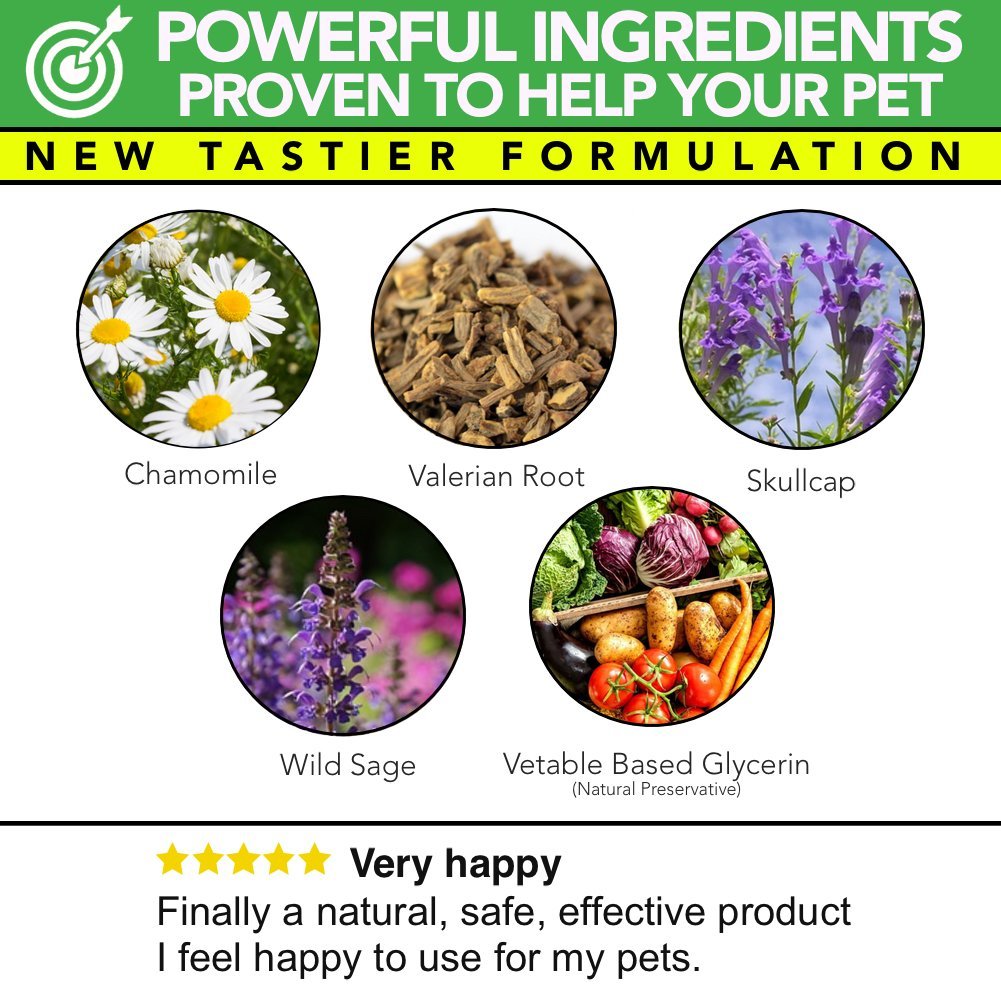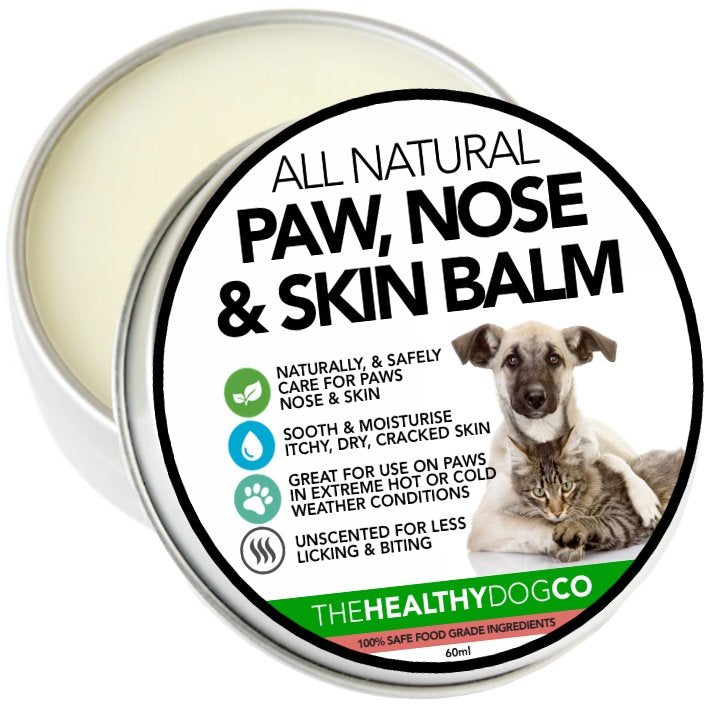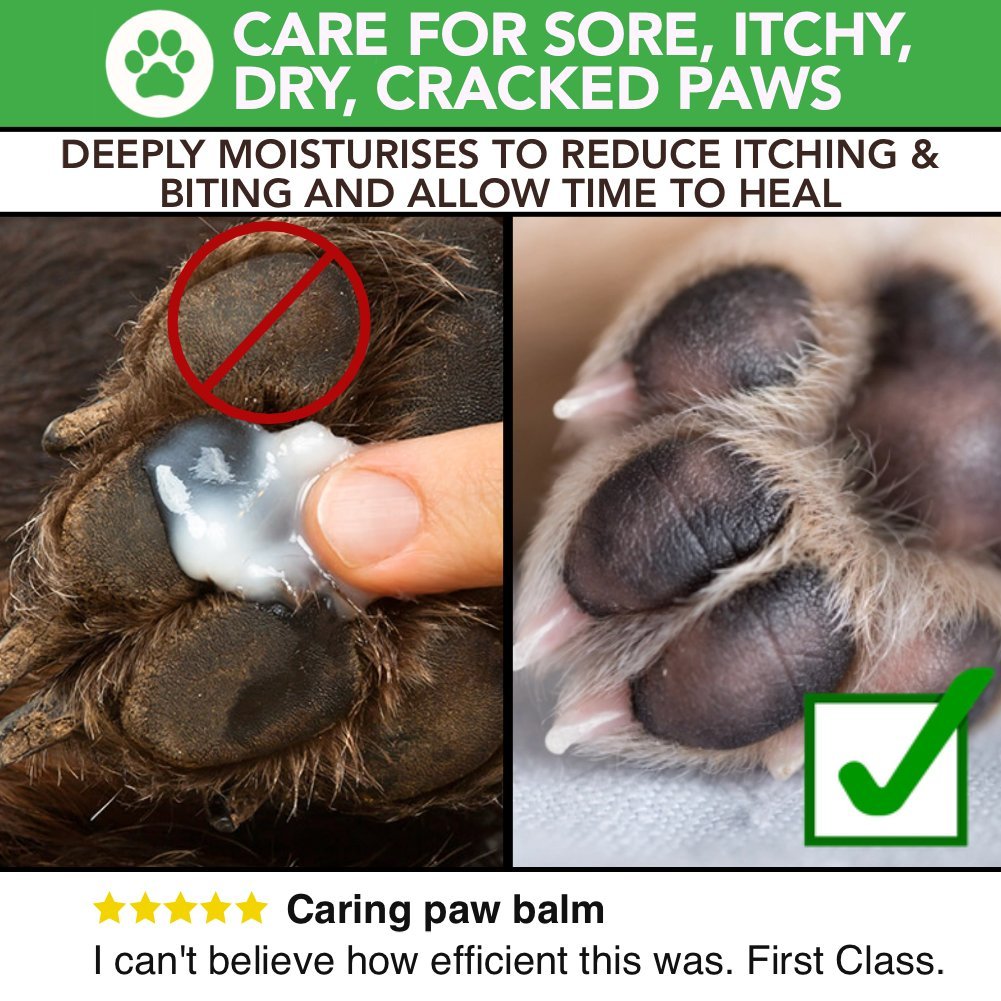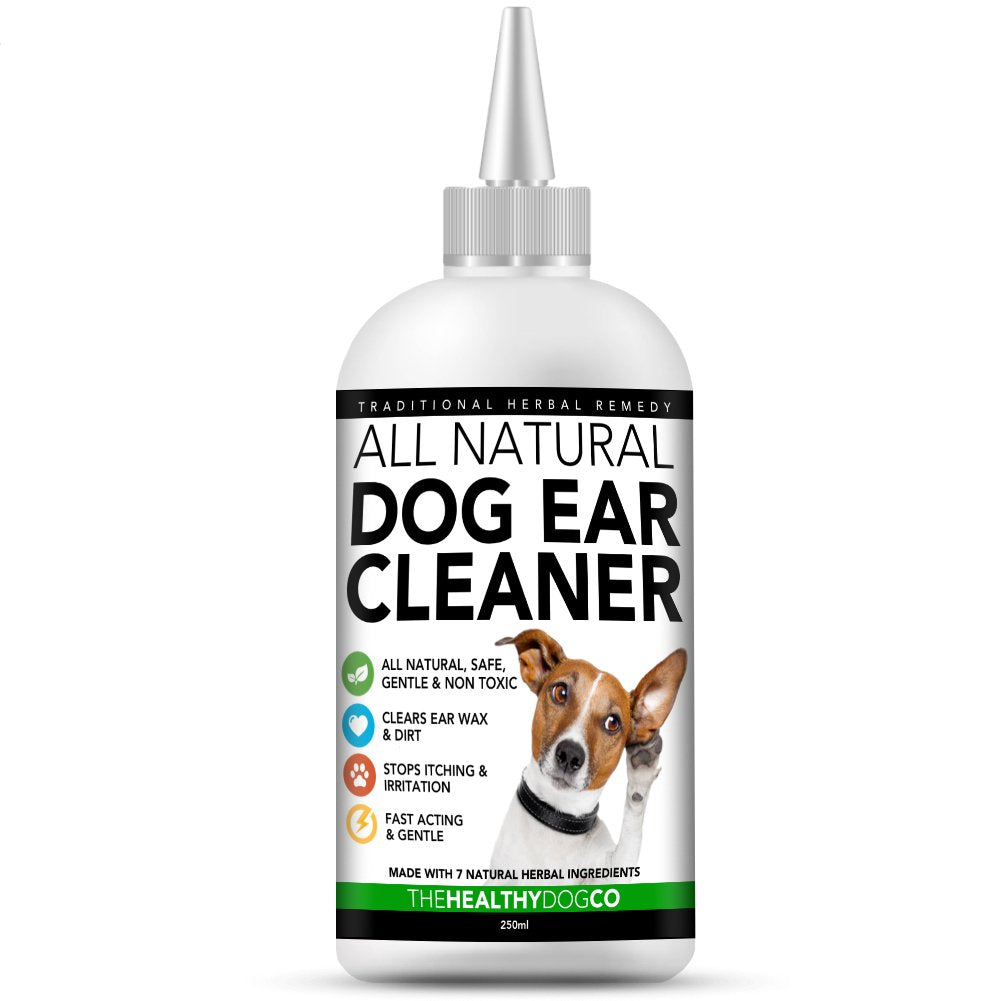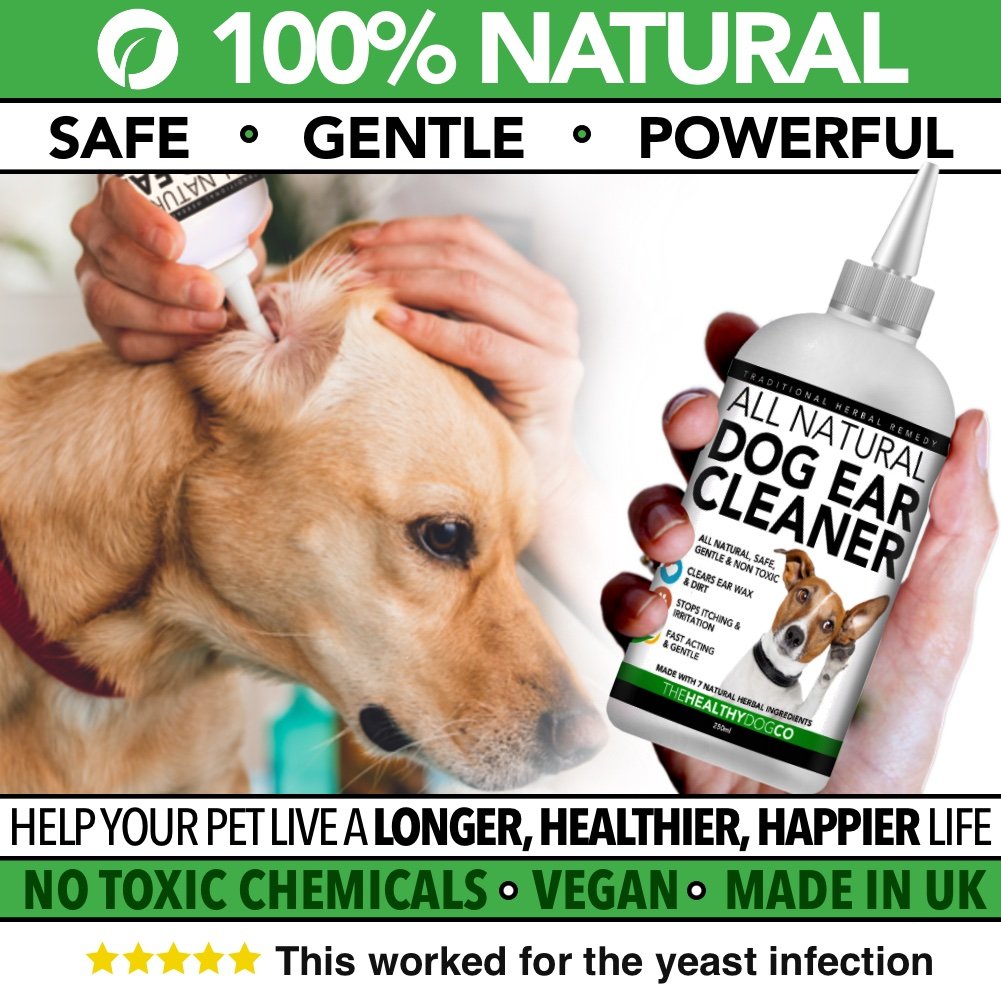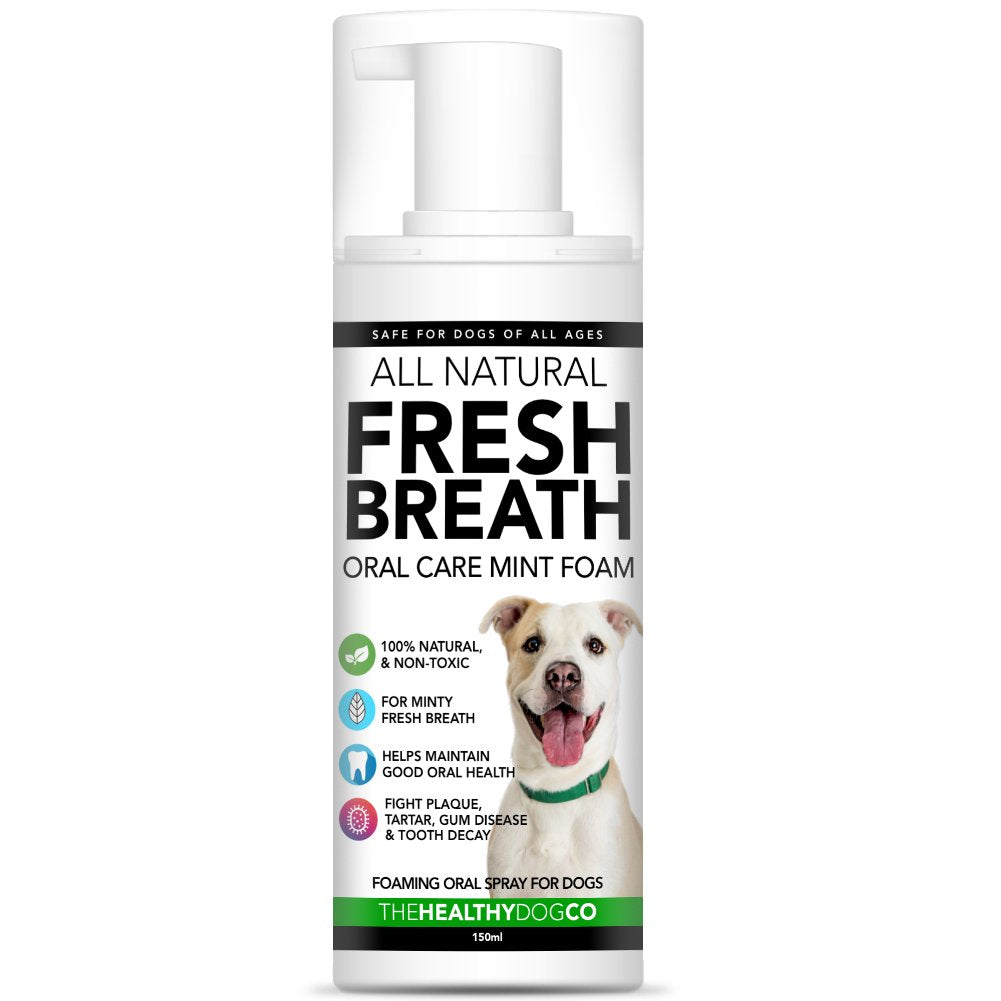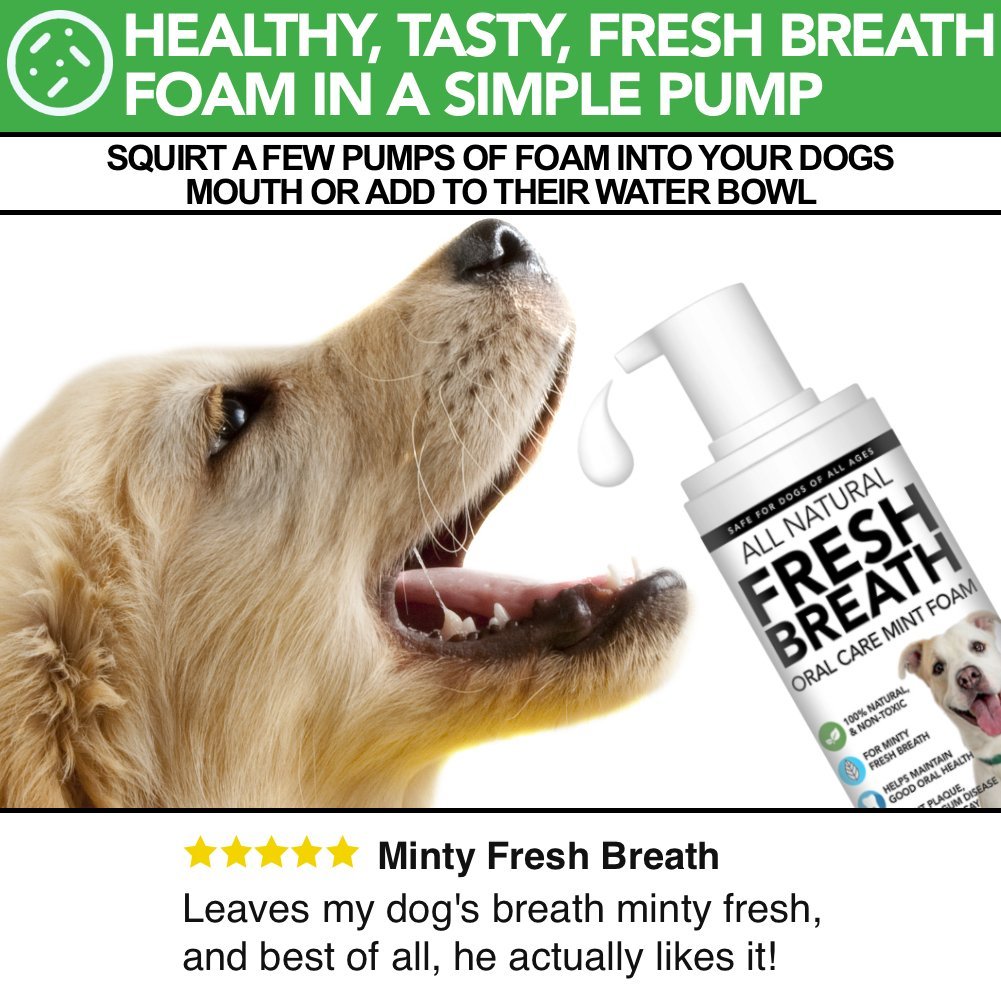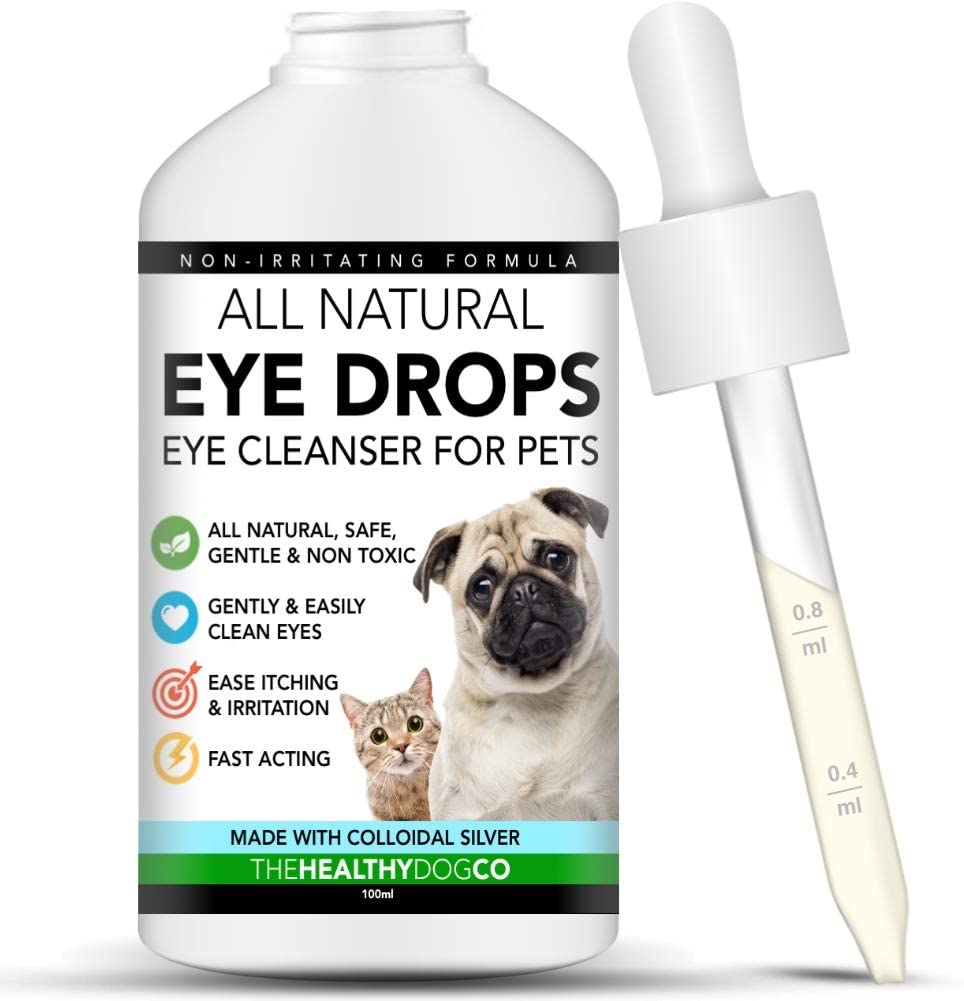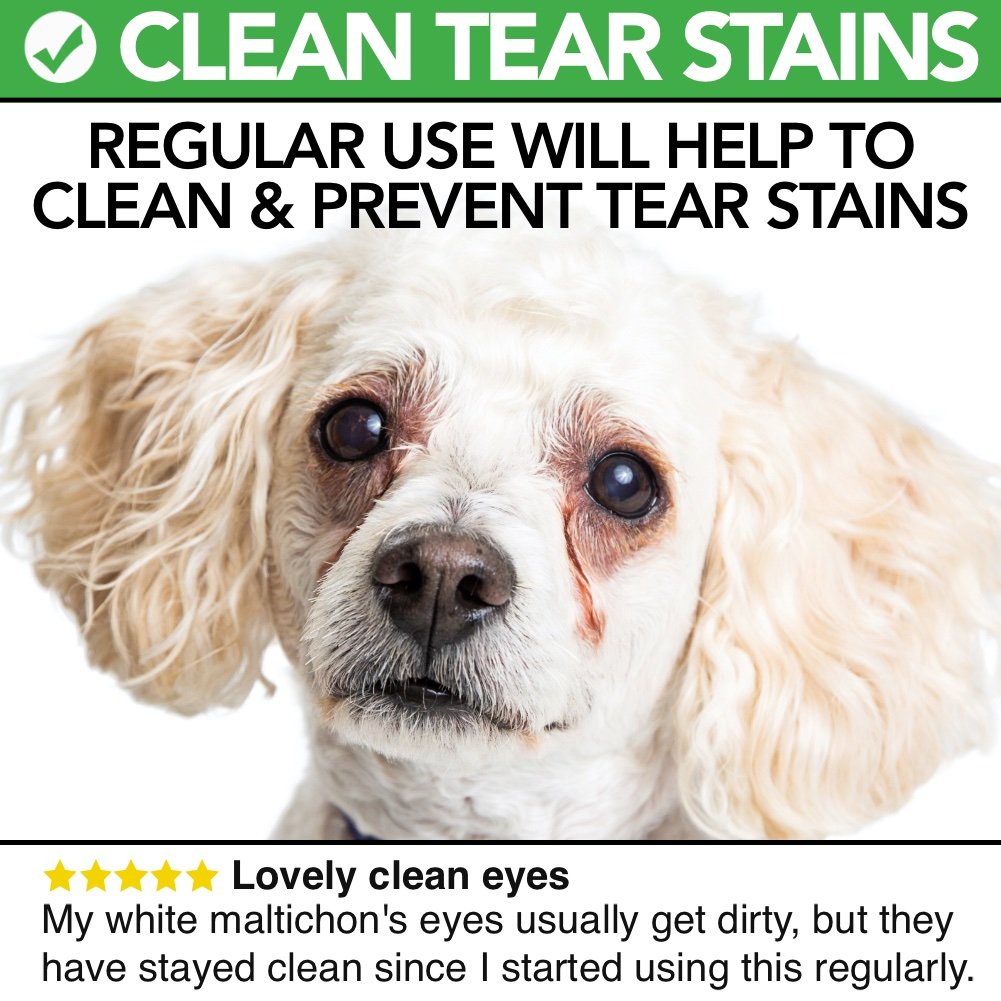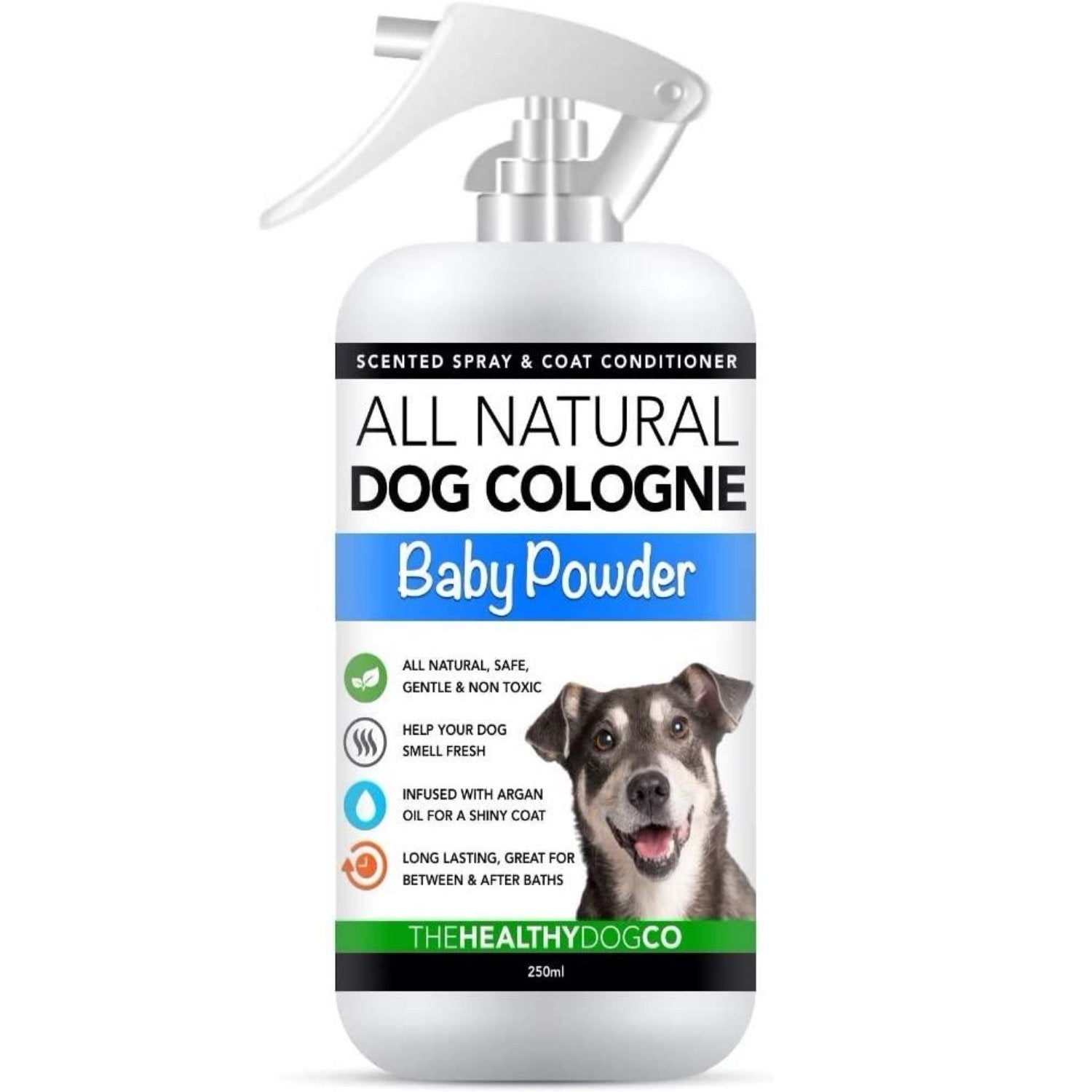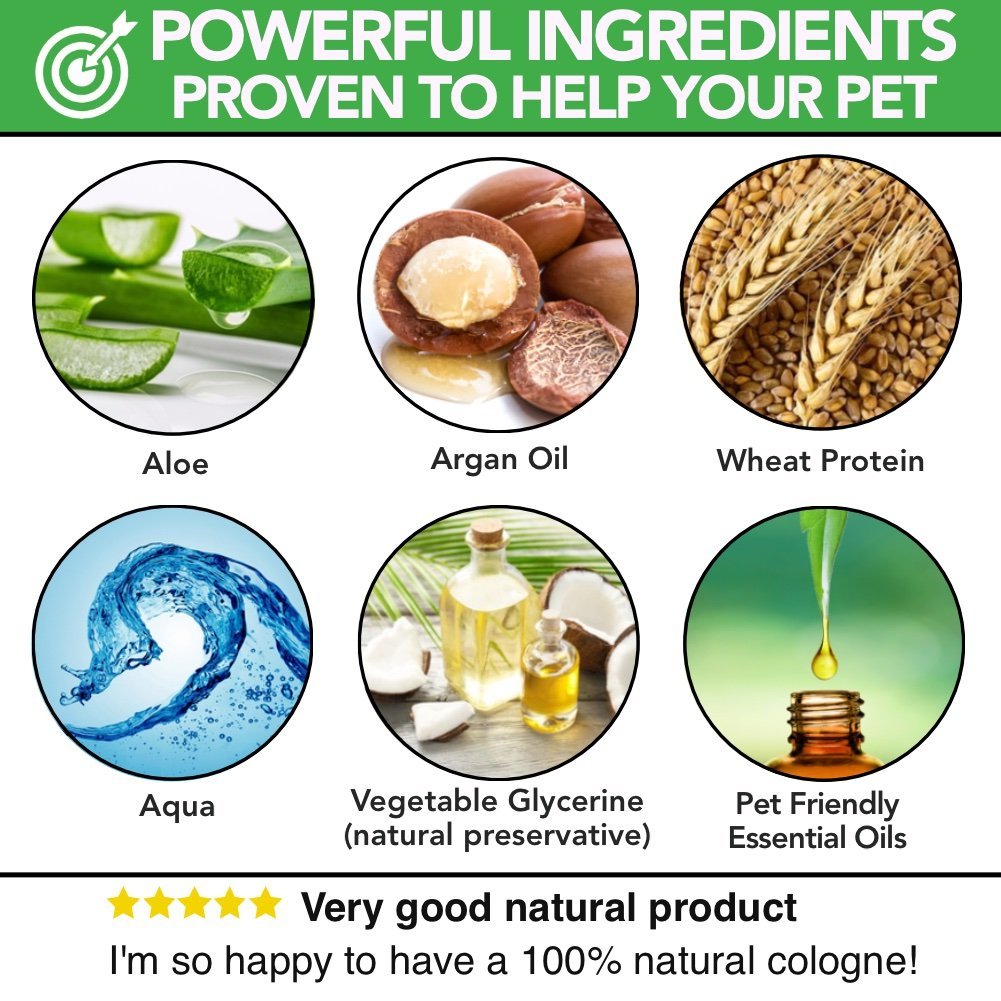Even with your fantastic care, your dog can acquire a skin disorder. There are many types, some life-threatening, requiring veterinary treatment. Other skin problems fare best with a natural approach to healing. How can you determine the wisest course of action?
That’s my goal with this post, equipping you with knowledge and addressing your concerns. Here are the most common dog skin conditions and how to help your pup recover.
How can I tell if my dog’s skin is healthy?
Pet your dog in the opposite direction of hair growth. Is their skin uniformly white, pale pink, or black? If so, that’s a good start. Depending on your dog’s genes, their skin should be one of these pigments.
Next, check if your pup’s skin is smooth and intact. Also, examine your dog’s coat, reflecting the state of their skin. Healthy fur is sleek and shiny.

What are the signs of a skin condition?
Skin and Coat Evidence
- red, warm skin
- sores, scabs, and scaly patches
- dandruff and small bumps
- black or white spots
- skin rash
- brown discharge from the ears
- dull coat
Distressed Behaviours
- skin biting, licking, and scratching
- shaking the head repeatedly
What skin disorders are common in dogs? What action should I take?
Here’s an overview of prevalent skin maladies and how to resolve them. To see a photo of each ailment, click on its highlighted heading.
1. Ringworm
This is a fungal infection. Despite its frightening name, worms aren’t a symptom. Instead, “ring” describes the round lesions the fungus creates.
The crusty spots can sprout anywhere on a dog’s body. Typical sites are their head, ears, paws, and front legs. Around the sores, you may see fur loss, scaly patches, or swelling.
Ringworm is highly contagious, spreading quickly between dogs. For this reason, those at shelters and boarding kennels are very susceptible. Most prone to ringworm are puppies less than 1-year-old.
Since you can catch ringworm as well, avoid touching the sores. Also, after examining your pup, wash your hands thoroughly.
Professional Care
Ringworm requires vet treatment. The doctor will prescribe a topical medicine, killing the fungus and preventing its spread.
2. Lick Granuloma
This ulcer develops when a dog licks their skin repeatedly. Medically termed a “lick granuloma,” the skin is red, painful, and possibly itchy. Since the overlying hair falls out, the wound is open to bacterial infection. Signs are a foul smell, pus, or a watery discharge.
Lick lesions have several causes:
- emotional triggers – separation anxiety, loneliness, boredom, and other stressors
- immune system threats – allergies, bacteria, and parasites
Professional Care
If the sore is deep or infected, bring your dog to a vet. The doctor may perform some or all of the following:
- shaving the adjacent fur
- cleansing the wound with an antiseptic
- applying an antibiotic
- prescribing oral medicine
- giving a steroid injection to calm inflammation
Home Treatment
Is the sore small and infection-free? If so, spray it with our anti itch spray for dogs. Its clove gel numbs your dog’s skin, alleviating pain. Apple cider vinegar fends off bacteria, and the herbs quell itching. Meanwhile, vegetable glycerine moisturises your dog’s skin and fur.
3. Hot Spots
Without prompt, effective care, a lick lesion can become a hot spot. The wound is red and swollen, lacking fur. Moreover, the surrounding skin feels hot or warm.
Since the skin is raw and bare, infection is likely. The awful discomfort prods a dog to chew and bite their skin. Thus, within a day, a hot spot can quickly deepen and spread.
Hot spot instigators include:
- insect bites
- infectious germs
- swimming pool disinfectants
- contaminated lakes
- lawn care chemicals
- harsh grooming products
- canine emotional trauma
Vet Treatment
A hot spot mandates urgent vet care. The doctor will shave the surrounding fur, clean the sore, and apply an antibiotic. Depending on wound severity, the vet may also inject a steroid and prescribe an oral drug.
Additionally, the vet may fit your dog with a cervical cone, pictured here. This device ensures your dog won’t interfere with skin healing. I know it hurts to see your pup wearing such a restraint. Still, viewing the cone as temporary can help you cope.
Once your prescriptions end, ask your vet about using a natural antiseptic, such as our Anti Itch Spray for Dogs.
Combat Sensitive Itchy Skin with our Natural Anti-Itch Spray
4. Fleabites
From spring through fall, if your dog visits grassy and wooded areas, they can catch fleas. The parasites jump on your dog, biting them and extracting blood. The bites, along with flea waste, irritate your pup’s skin.
Fleas tend to favor a dog’s stomach, inner thighs, and tail base. The resultant itchiness makes a pet miserable. The crusty sores can morph into black scabs on a dog.
Heavy flea infestations can lead to hot spots and anemia. Moreover, fleas can have tapeworm larvae. They can grow inside your pup if they swallow an infected flea.
Some dogs are allergic to flea saliva. Symptoms include red, itchy skin, discoloured fur, and hair loss.
Identifying Fleas
To check your dog for fleas, part a section of their fur. Then, look for tiny brown specks skittering across your dog’s skin. Black spots that don’t move are flea droppings.
Killing Fleas on Your Dog
First, bathe your pup in our dog flea shampoo. This product has quassia bark and coconut oil, killing fleas on contact. Furthermore, coconut oil soothes fleabites and itching. Now, your dog’s skin can heal!
Combat Fleas with our Natural Flea Shampoo for Dogs
After bathing, your dog’s coat will be soft, shiny, and clean, devoid of fleas. In this formula, the lemongrass oil has a brief residual effect, repelling fleas.
For ongoing protection, apply our best flea treatment for dogs to your pup’s neck. This lick-safe formula has lavender oil and apple cider vinegar, hated by fleas.
Apply the repellent daily for a week. Then, use it once weekly for the next four months. That’s how long it takes to exile fleas!
Combat Fleas with our Natural Flea Fighter Drops
Banning Household Fleas
After bathing your pup, wash their bedding with soap and hot water. Then, vacuum all your rugs and upholstered furniture, where fleas love to burrow. When you’re done vacuuming, empty your machine. Repeat this routine once a week.
Between household cleanings, eliminate any hatching fleas with household flea spray. Spray your rugs, blankets, and dog bedding. The safe ingredients are kind to fabrics.
Continue using the household spray every three days for nine days. By this, you’ll knock out fleas emerging from their eggs.
Combat Fleas in Your Home with our Natural Household Flea Spray (Not for Pet Use)
5. Tick Bites
Like fleas, ticks feed on the blood of dogs, along with people and other animals. The bites can irritate your dog’s skin. Ticks can also transmit bacteria and several diseases, such as Lyme disease. This picture shows the telltale sign of Lyme disease on a dog. A colony of hungry ticks can render blood loss and anemia.
Ticks live in tall grass and other wild plants, drawn by the scent and warmth of potential hosts.
To protect your pup, don’t let them run loose during tick season. In the UK, that’s from March through June and August to November. If you can’t avoid walking your dog through tick country, check them after each outing, removing any ticks on sight.
Safe tick removal, including extracting the entire parasite is extremely important. If you don’t, any remaining body parts will raise the risk of disease transmission.
Tick Bite Treatment
Bathe your pup in natural dog flea shampoo, combating both fleas and ticks.
Like all our products, this one lacks harmful chemicals, including parabens. This class of preservatives carries several health hazards for dogs.
Parabens accumulate in a dog’s body, putting them at risk for cancer and hormonal problems. Some dogs are allergic to parabens. Symptoms include skin irritation, dryness, itching, bumps, and rashes.
Most prone to adverse reactions are dogs with sensitive skin and compromised health. It’s important to learn how vets care for dogs with parabens allergies.
Tick Bite Prevention
During tick season, before letting your dog outside, apply our natural flea treatment for dogs to your pup’s neck. Along with warding off fleas, it repels lice, mites, and ticks.
6. Mange

Parasitic mites cause this skin disorder in a dog. Mange consists of two types — sarcoptic and demodectic. Often, abandoned pets living on the streets get mange. Sadly, a severe mite attack can be fatal.
Sarcoptic Mange
This disease, also called scabies, is highly contagious. Both pets and people can get scabies, although the mites don’t usually survive on us.
Canine symptoms include skin redness, sores, itchiness, yellow scabs, and bald patches. The sores attract infectious bacteria and yeast.
The mites camp anywhere on a dog’s body. Most commonly, they burrow into the ears, face, elbows, and legs.
Demodectic Mange
Typically, dogs with weak immunity get this disease, also called red mange. The skin turns red and swells, itching intensely. Red mange also renders patchy hair loss and crusty sores, prone to infections. Unlike scabies, red mange isn’t contagious.
Diagnosing Mange
If you suspect your dog has mange, bring them to your vet for a diagnosis. The doctor will take a skin scraping and examine it microscopically. If the vet says the mange is mild, ask if you can treat it naturally.
Natural Treatment
If your vet approves home care, the first step is stopping the itch, states PetMD.
Accordingly, bathe your pup in this dog shampoo for sensitive itchy skin. It will cleanse your dog’s wounds, soothe the itch, ease the pain, and moisturise their skin.
Next, apply our wonderful flea drops for dogs to your dog’s neck. Then, put a new collar on your pup. Use the mite repellent for one week, followed by once a week until symptoms resolve.
Meanwhile, rally your dog’s immunity by improving their diet. Ask your vet for a dog food recommendation.
Equally vital, clean your home and dog’s bedding as you would for fleas.
Professional Care
For severe mange, let your vet take charge. The doctor may prescribe a medicated shampoo, along with oral or injected medicine.
Here’s a great success story! It describes how a team of vets brought a dog with crippling mange to full recovery.
7. Dry Skin
Skin flakes or scales can signal dry skin. If your pup is otherwise well, these factors could be contributing:
- dehydration
- a diet low in fatty acids
- harsh grooming products
- dry indoor air
- walking on hot or frigid surfaces
Healing Dry Skin
For speedy relief of dry skin, bathe your pup in dog shampoo for itchy skin; Its vegetable glycerine hydrates flaky skin and brittle fur. Quassia extract quells the nagging itch. Patchouli calms inflammation, encouraging skin cell renewal.
Between baths, use anti itch spray for dogs. Spray your pup’s skin twice a day until dryness and flakes are history.
For targeted care of dry feet, apply a healing salve, such as paw balm. Your pup’s ski will relish the nourishing Vitamin E, vegetable oils, and shea butter. The natural waxes shield your dog’s pads from irritating surfaces.
Dry Skin Prevention
If your pup isn’t fond of drinking water, making it enticing! Some pets prefer spring water over tap water. When you see your cutie visiting their water bowl, praise them lavishly. Also, change the water three times daily. If you take long walks together, especially during summer, bring water with you.
Knowing how devoted you are to your pup, I’m sure they’re getting high-quality food. Even so, they may need more omega-3 fatty acids. Ask your vet if you should give them a supplement.
If your household air is dry, consider running a humidifier.
8. Hyperpigmentation
Altered skin colour or texture can flag several canine disorders. Medically, this change is called hyperpigmentation, meaning darkened skin tone. Typically, it affects only one body region. Additional symptoms can include:
- rough, thick, or abnormally soft skin
- redness, scaling, crusting, or flaking
- itchiness
- sweaty skin
- fur loss
Professional Care
Hyperpigmentation needs vet treatment. The doctor will conduct various tests to determine the cause. Possibilities include a metabolic disorder, hormonal problem, or infection. Strong sun can also darken canine skin.
9. Environmental Allergies
If your pup’s skin ailment arose suddenly, it might stem from an environmental allergy. There are three main types:
- inhaled – from breathing mould, dust, and pollen
- immune reactions to plants – most commonly grass
- contact – roused by irritating chemicals, such as those in dog grooming and lawn care products
Seasonal allergies can incite a rash, itching, watery eyes, a runny nose, and bouts of sneezing. If your dog scratches their skin constantly, hot spots can form. Often affected are a dog’s face, chest, stomach, and feet.
Allergy Management
If an allergen is within your control, such as a grooming product, you can prevent exposure.
If you can’t trace the cause, bring your dog to a vet. The doctor may conduct blood and skin tests, revealing allergies to grass, pollen, and mould. For seasonal allergies, the vet may prescribe medication.
For a grass allergy, keep your lawn short. Also, after walking your pup, have them step in a foot bath. Then, dry their feet thoroughly.
Also helpful is bathing your dog regularly, such as with shampoo for itchy dogs. By this, you’ll remove allergens from your pup’s coat and skin.
To further soothe skin irritation and aid healing, use All Natural Itchy Skin & Minor Wound Care.
10. Food Allergies
This type of allergy provokes intense itching, a rash, and digestive problems. Also possible are recurrent ear or skin infections.
Suspect a food allergy if your dog’s symptoms coincide with switching their food. If your dog is a puppy, they could be allergic to one or more food proteins. Prime suspects are chicken, beef, lamb, eggs, dairy, soy, and wheat.
Adult dogs can also develop food allergies, usually after age 7.
Allergy Management
To pinpoint the food allergens, put your dog on an “elimination diet.” For eight to 12 weeks, you’ll avoid feeding them any questionable foods. Then, one by one, you reintroduce them, noting the effect before proceeding to the next. Your vet will guide you through the process of staging an elimination diet.
Meanwhile, promote skin healing with dog shampoo for itchy skin and Itchy Skin & Minor Wound Care.
11. Yeast Infection
Yeast is a fungus growing in warm regions on a dog’s body. With this condition, a dog’s skin is pink with a strong stench. Furthermore, the skin may crust, thicken, and severely itch, driving a dog to bite and scratch the area.
Common sites are the groin, ear canal, and between the toes, pictured here. If your dog repeatedly scratches an ear, it could well have a yeast infection. Thankfully, it’s not contagious.
Vet Treatment
A vet can readily diagnose a yeast infection. Possible treatments include a medicated ointment, bath product, spray, and oral medicine.
Crucial Diagnosis
From reading this post, you’ve seen that many skin disorders spark the same symptoms. Thus, it can be tough to pinpoint the source of your dog’s discomfort.
That’s why it’s vital to consult your vet. This way, you know exactly what’s wrong and how best to handle it. The right care gives your dog timely relief, stopping a downward spiral of worsening health.
Skin Restored

In many cases, natural treatments can expedite skin healing and a full recovery. In summary, here are products to consider, according to your dog’s condition. Some of these formulas can also prevent skin issues.
Dog shampoo for itchy skin – therapeutic care of small lick lesions and hot spots, mild mange, dry skin, and minor allergy-induced sores.
Itchy Skin & Minor Wound Care Spray – ongoing comfort for shallow hot spots and lick lesions, small allergy-related sores, well-controlled mange, and dry skin.
Dog paw balm – seals skin cracks and shields your dog’s feet from frigid and hot surfaces.
Flea shampoo for dogs – quickly kills fleas, ticks, and mites and soothes their bites.
Flea drops for dogs – repels mites, fleas, and ticks.
Household flea spray – controls fleas in your home.
May your pup feel better pronto!
NOTE: Your feedback is most important to us. Please share what you think of our products here.
About The Healthy Dog Co
The Healthy Dog Co’s mission is to create products that dog and cat owners can trust with the health of their pets by only producing products with healthy, safe, all natural ingredients.
At The Healthy Dog Co, it’s all about giving your pet a healthy and happy life with All Natural Health, Happiness and Care Products.
Because Your Pet Deserves Better!
Shop our range of All Natural Healthcare Products for your Dog or Cat today!












